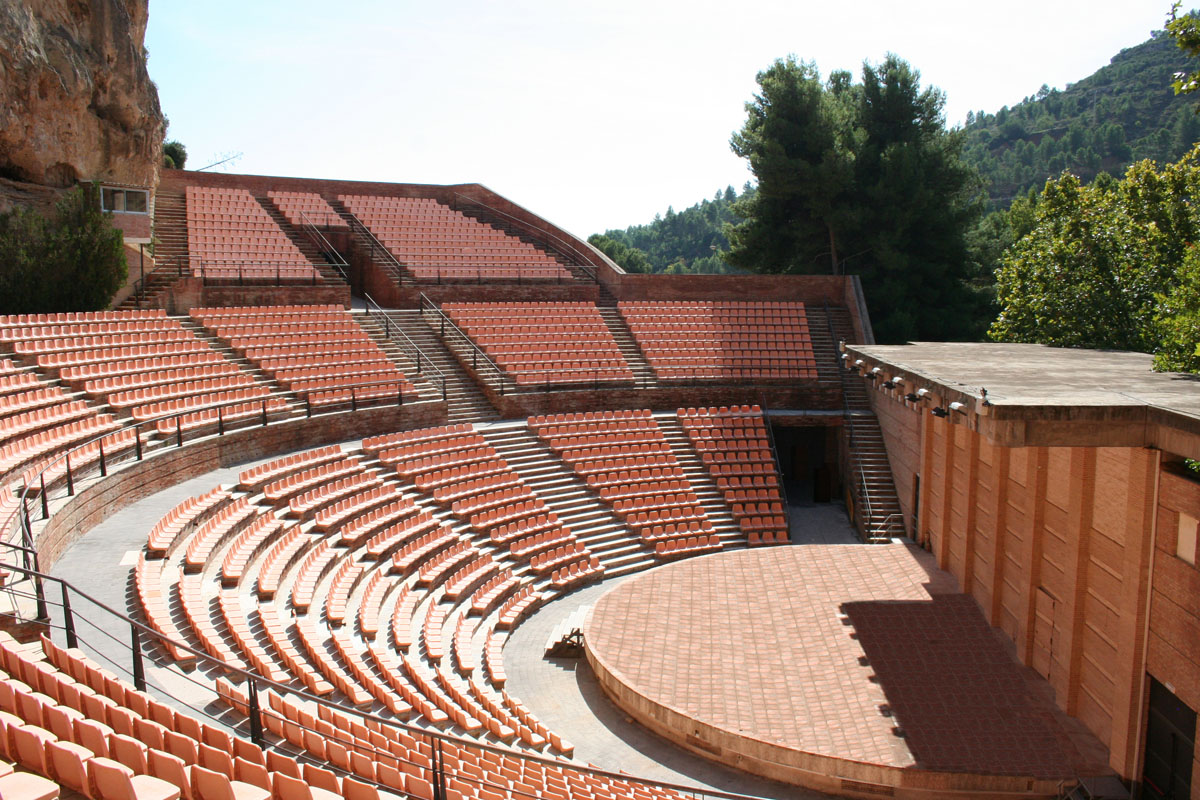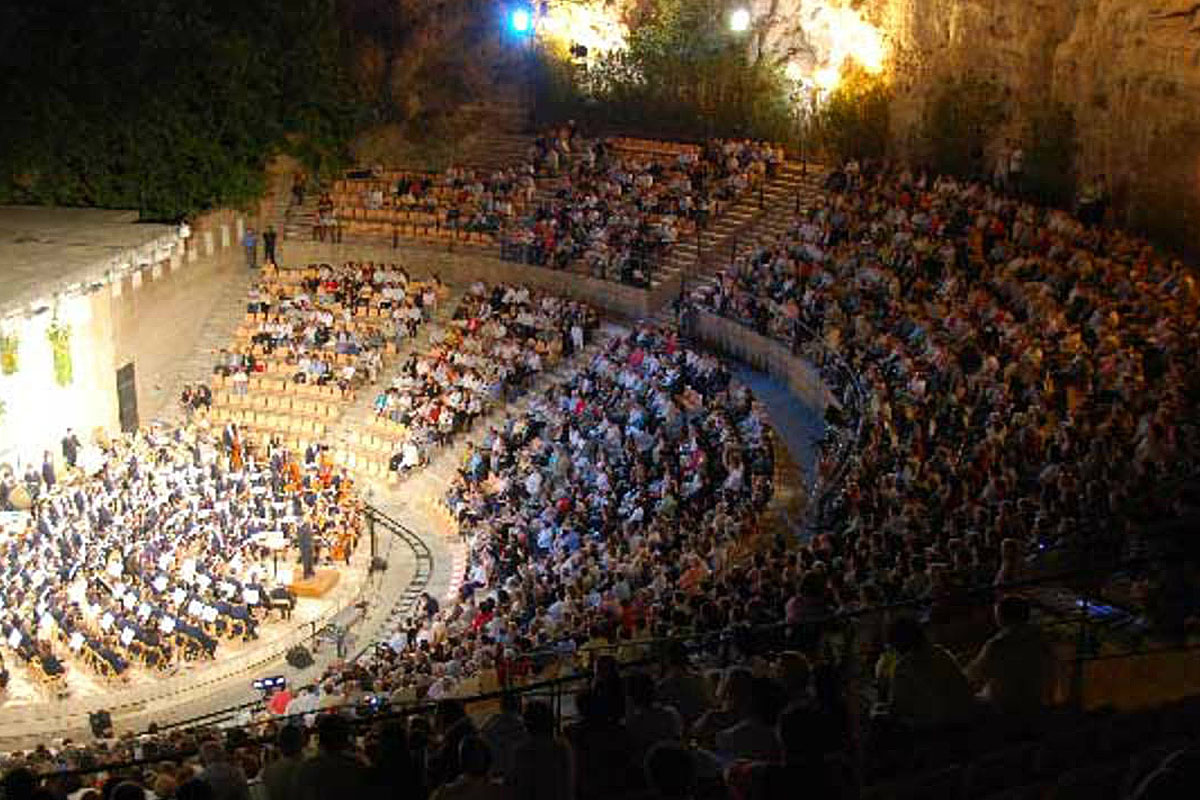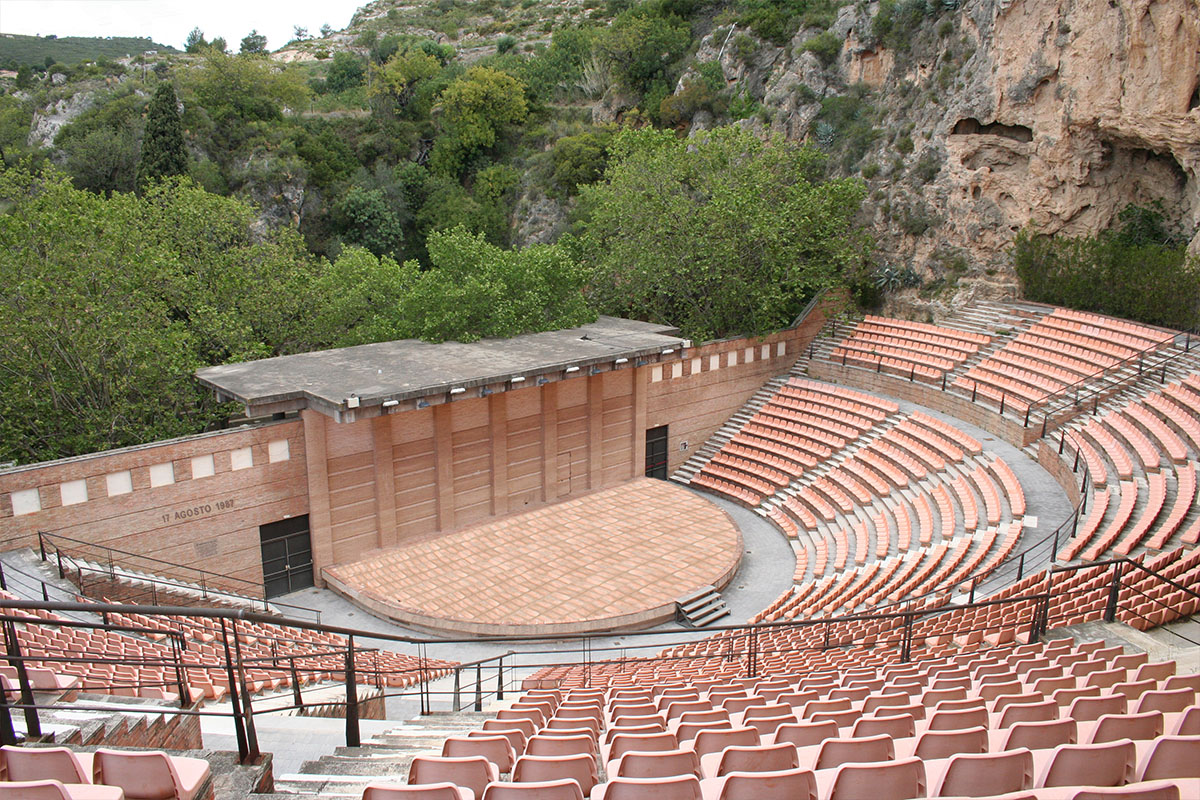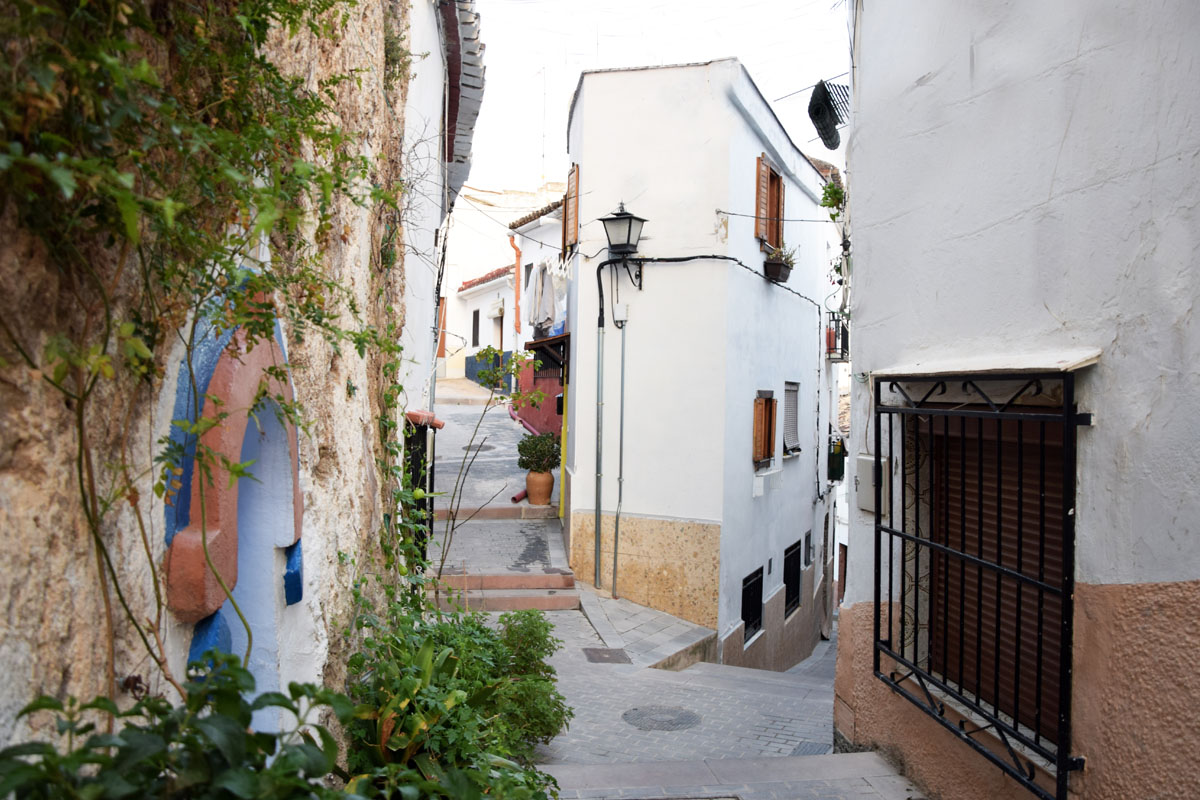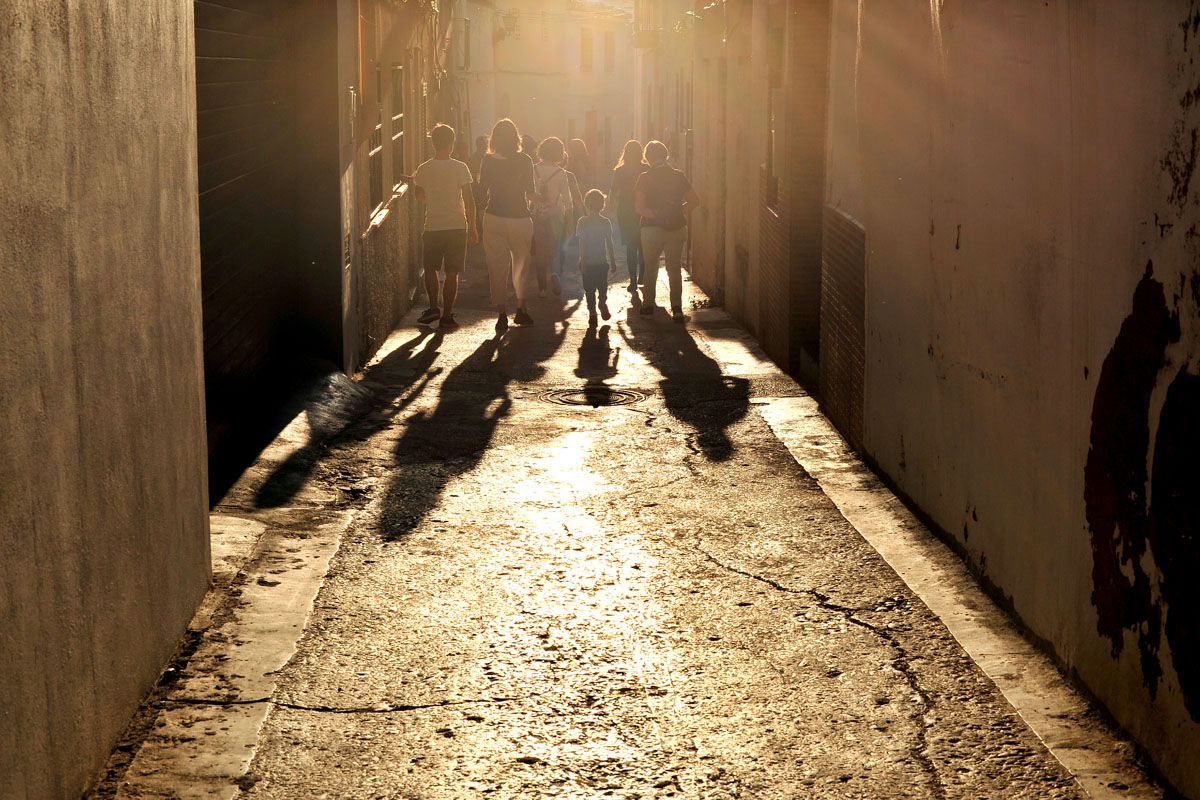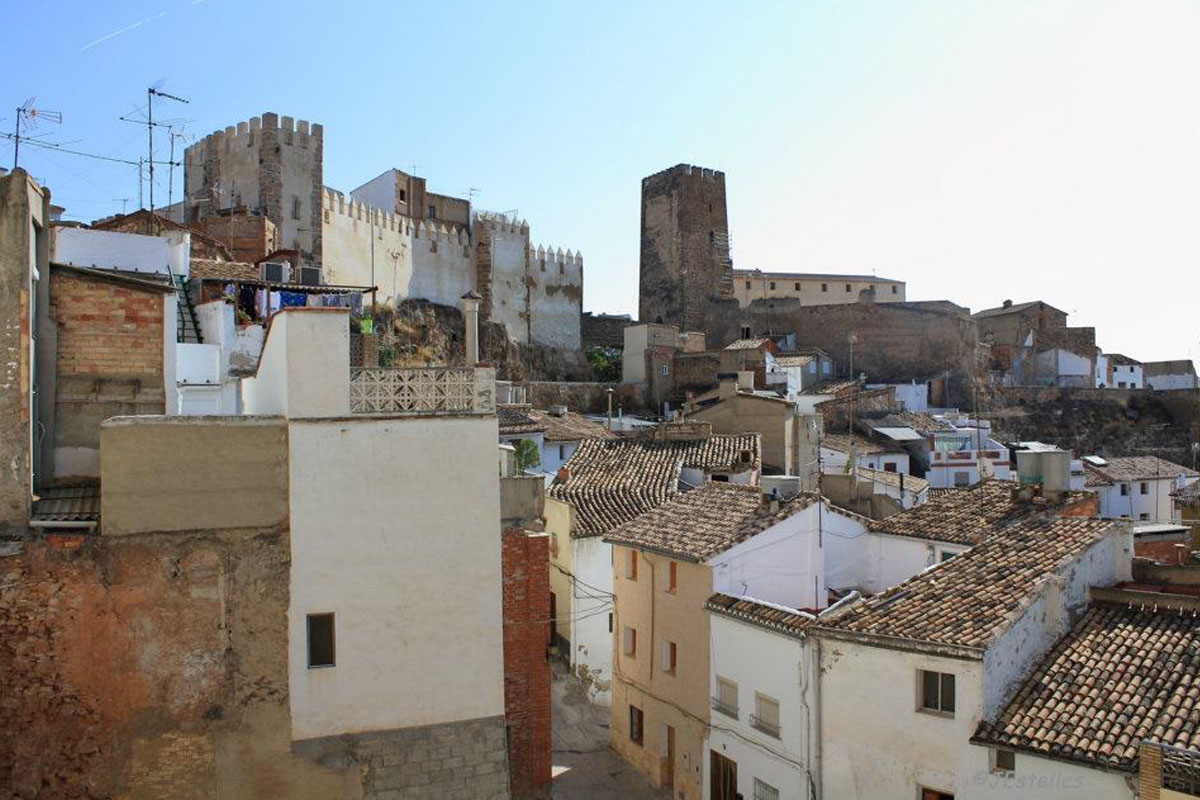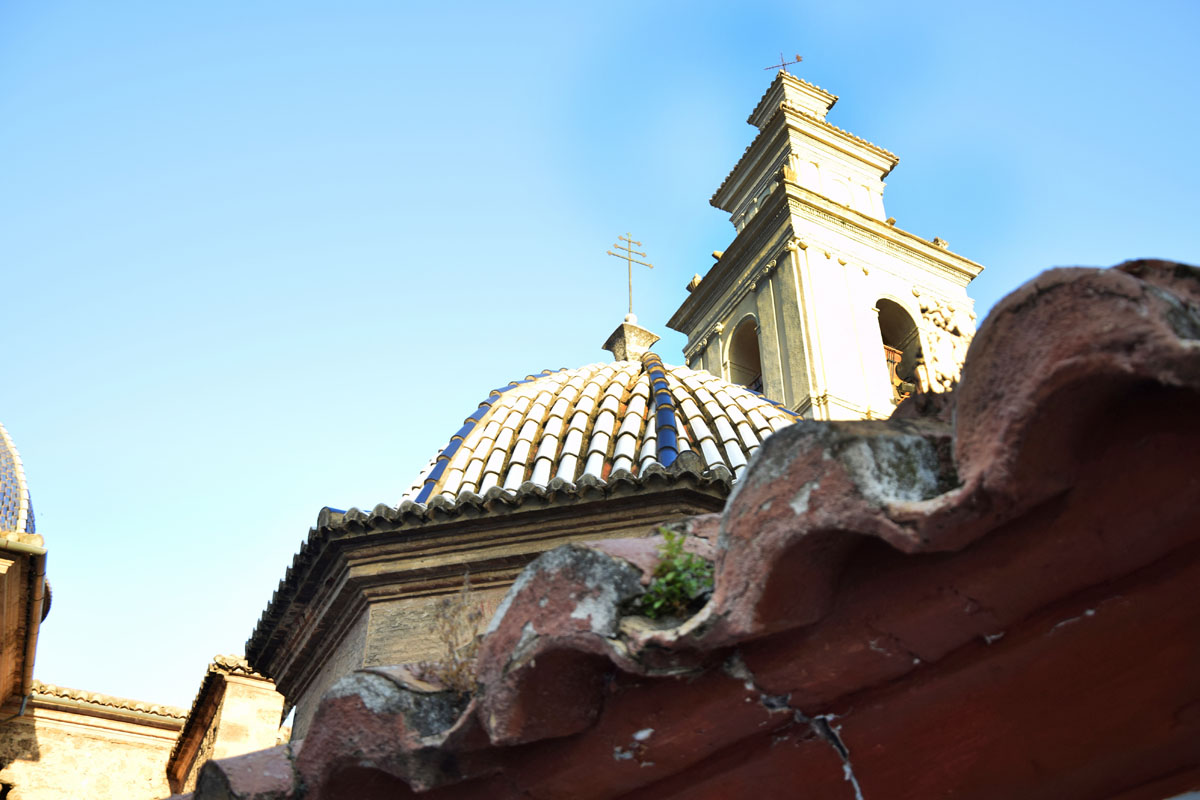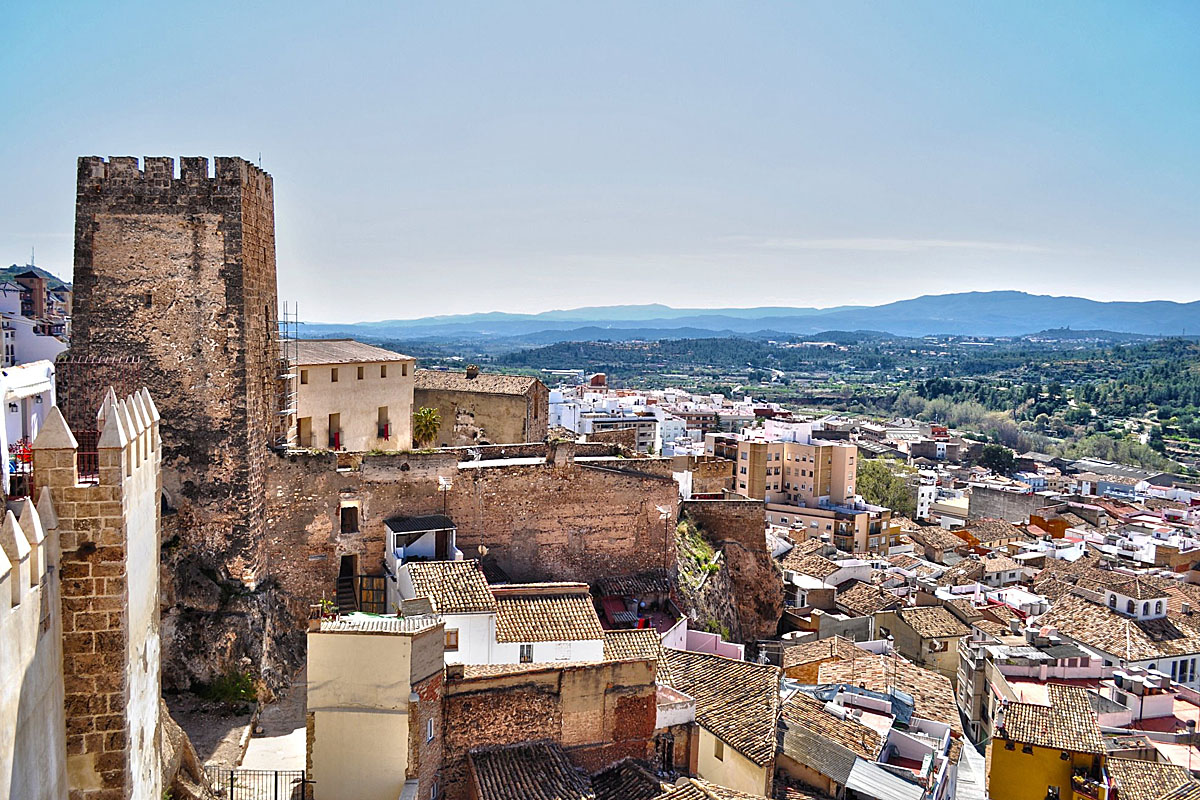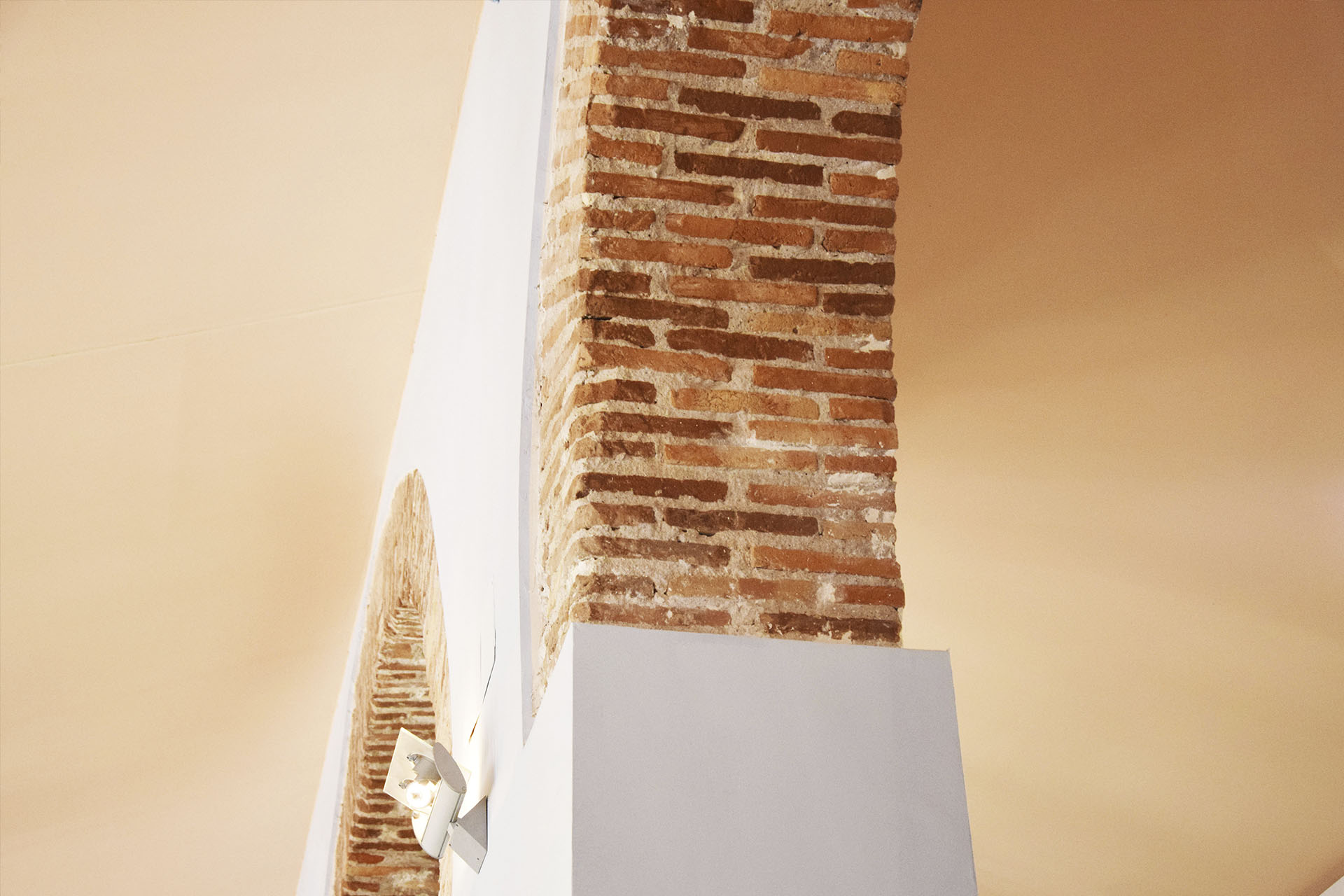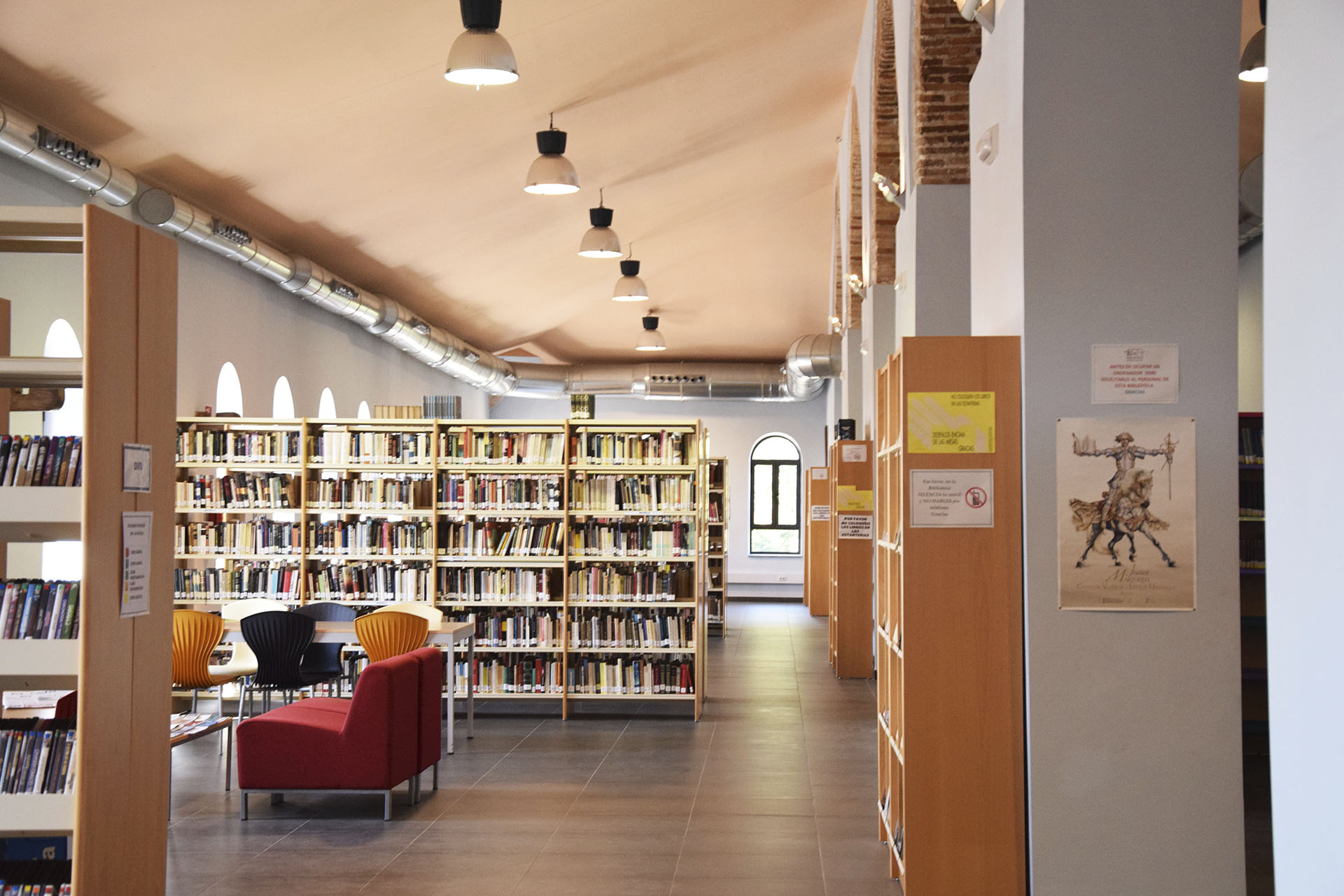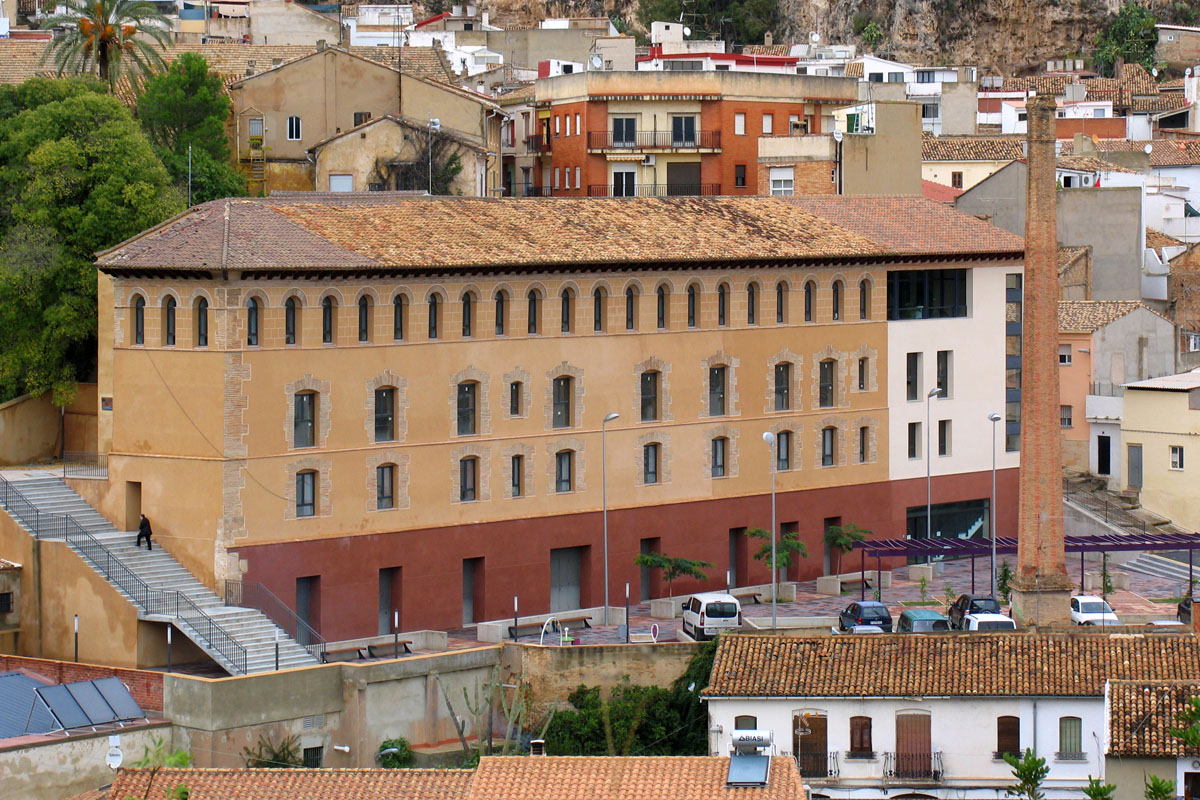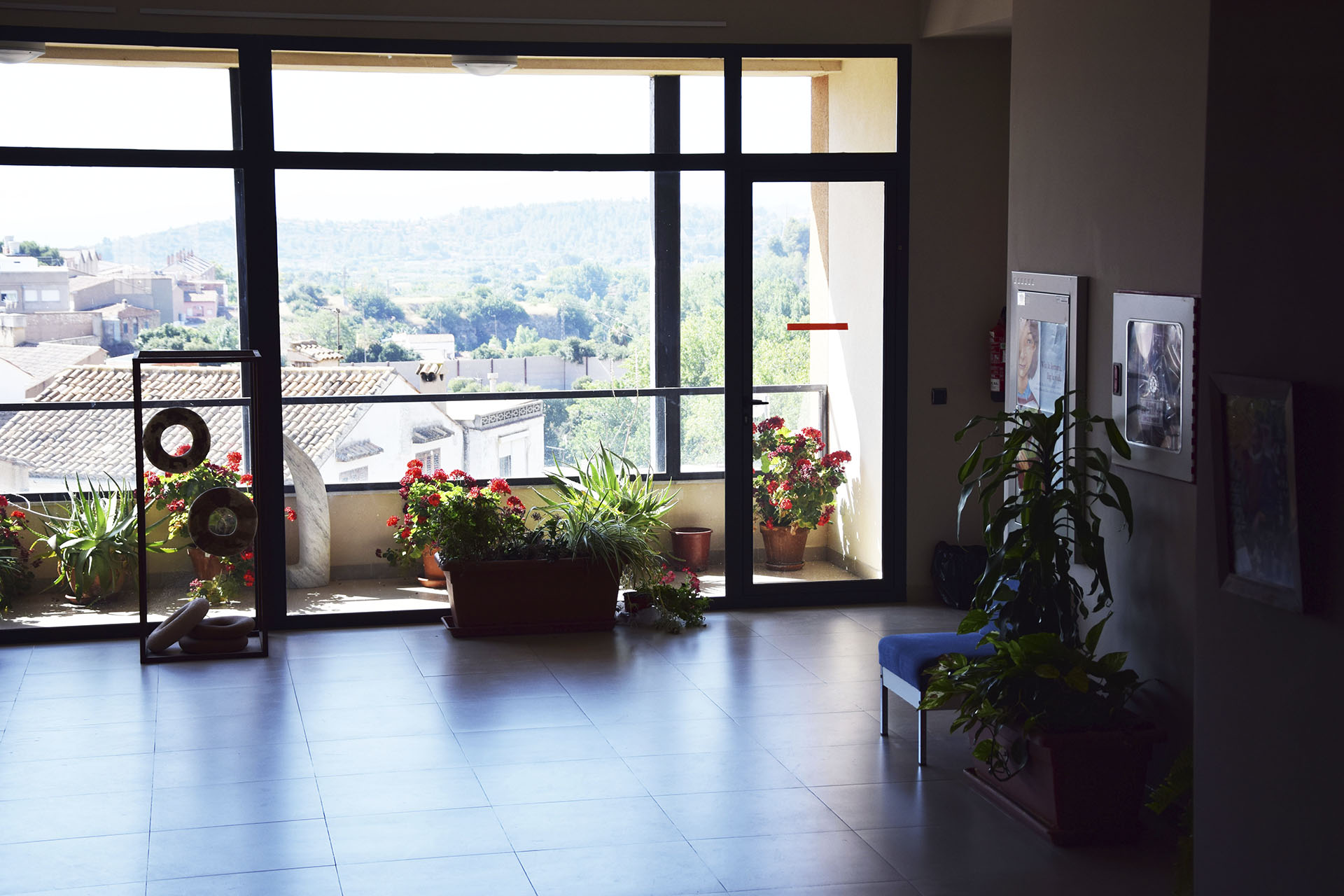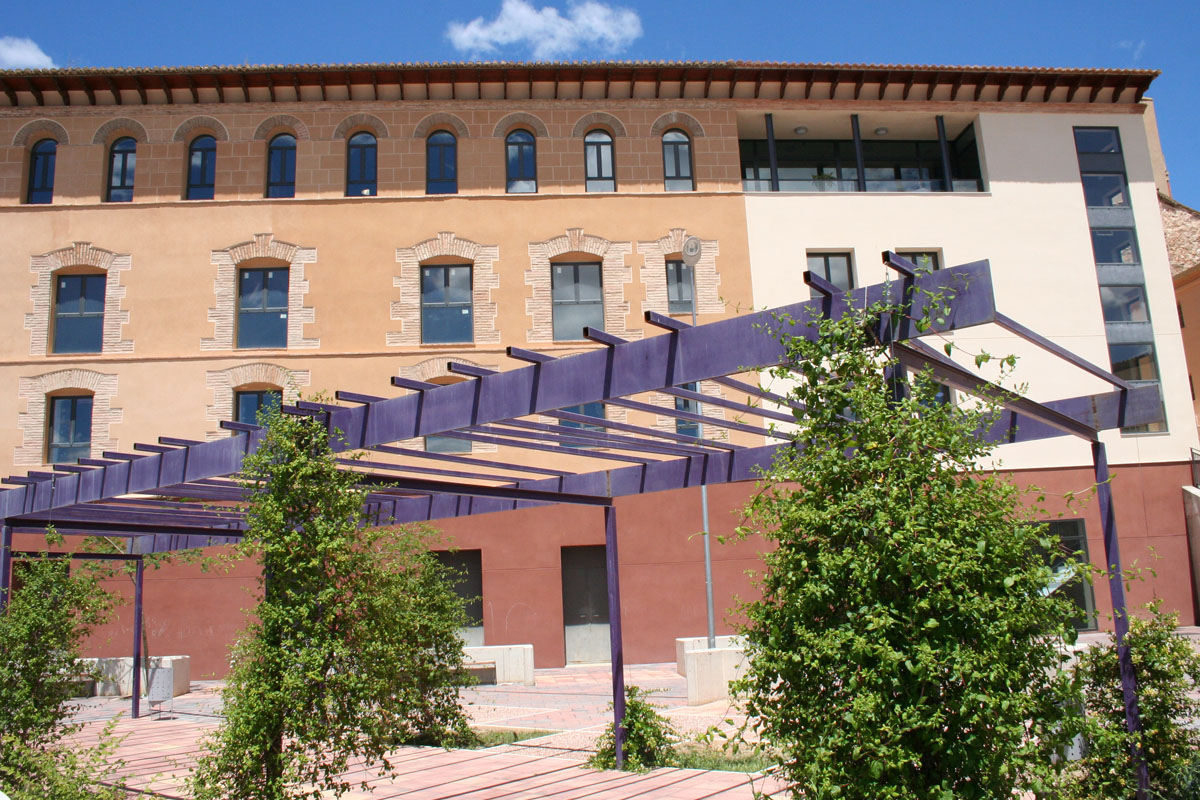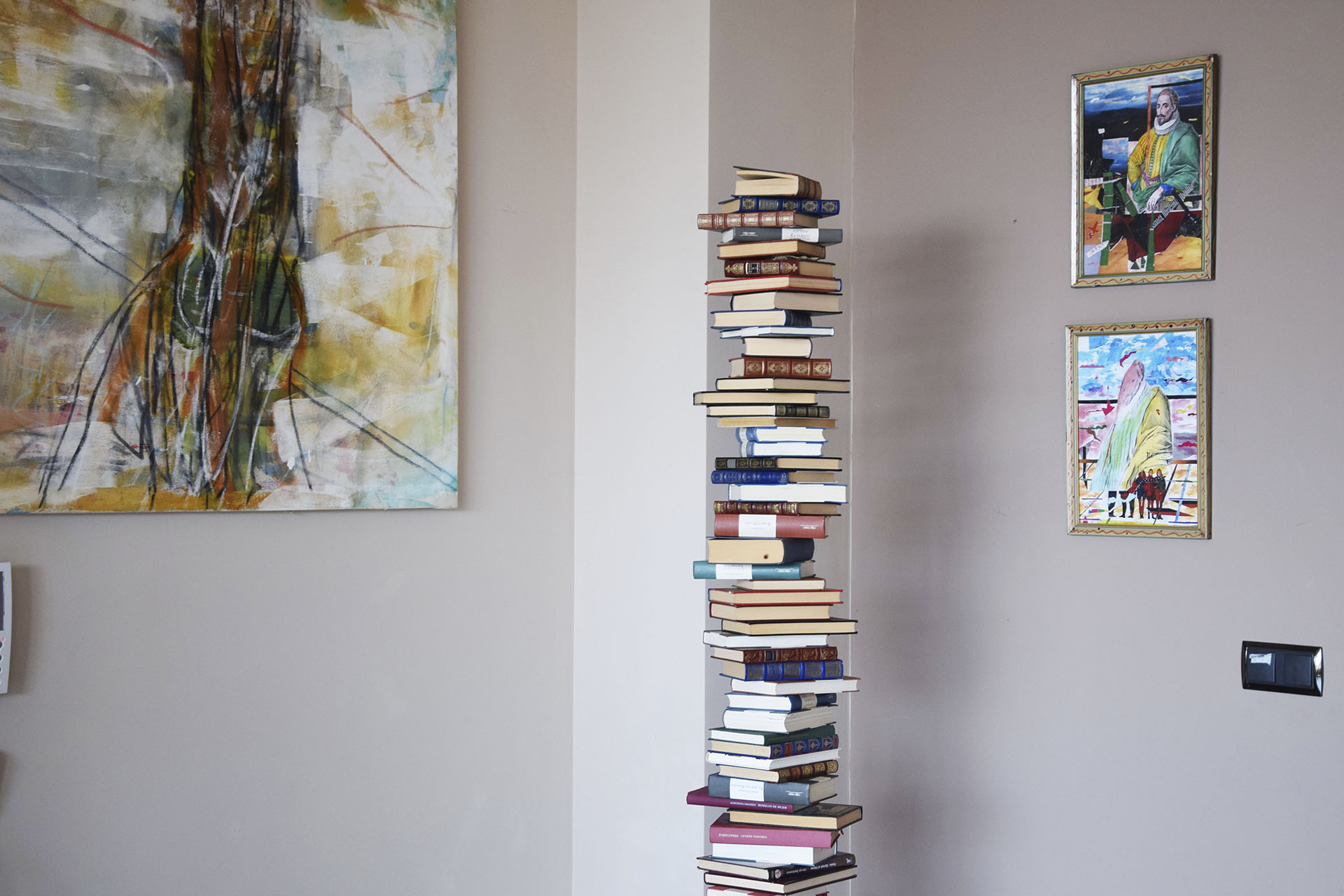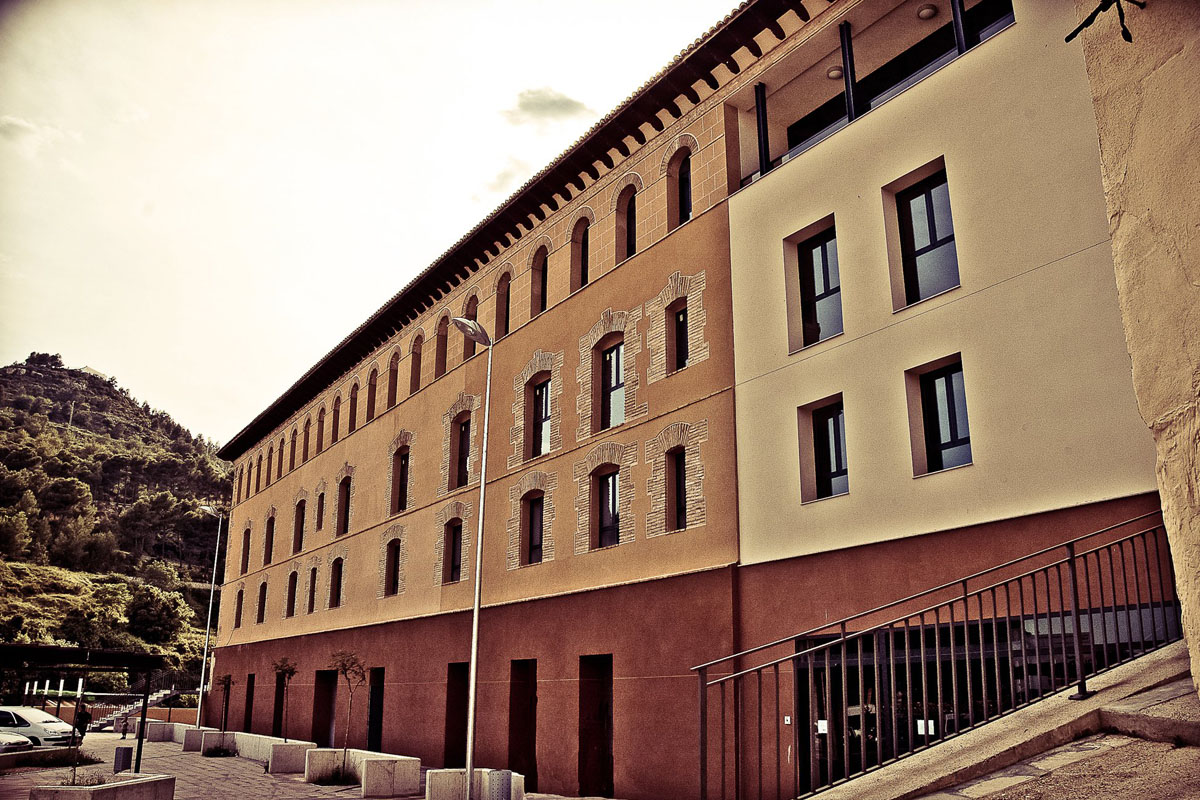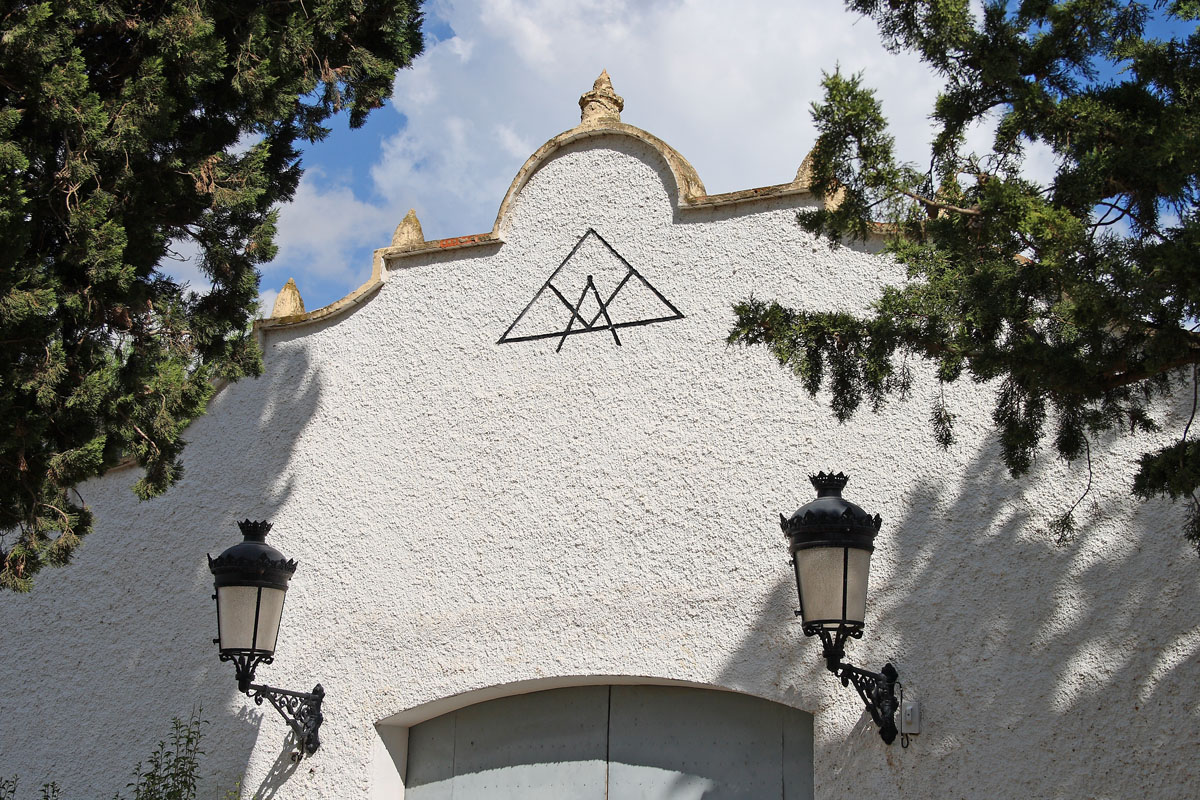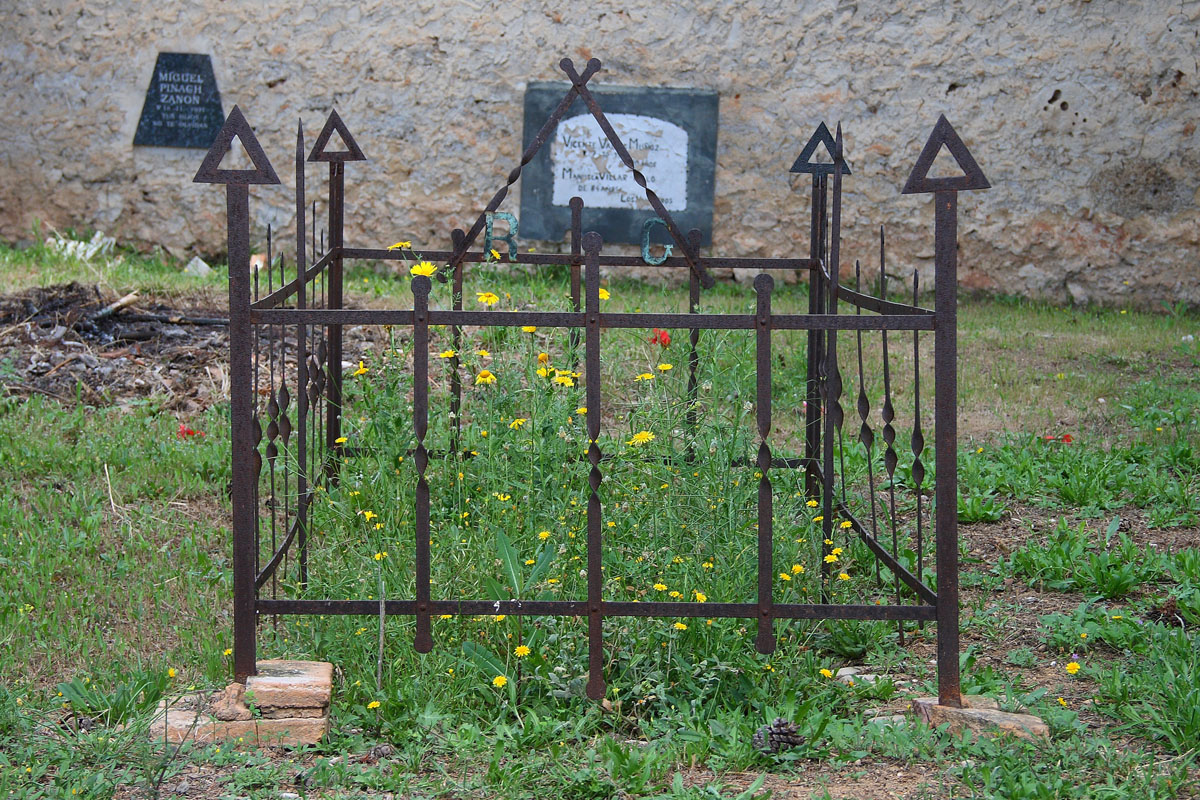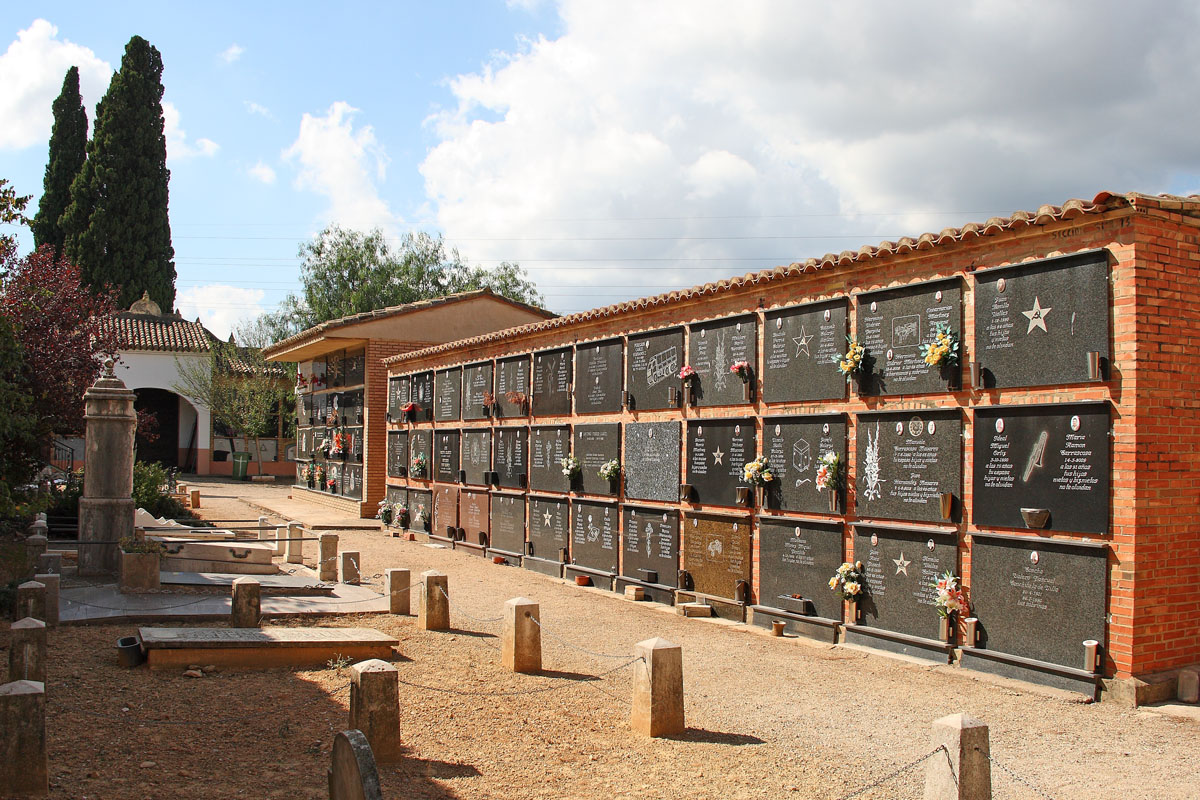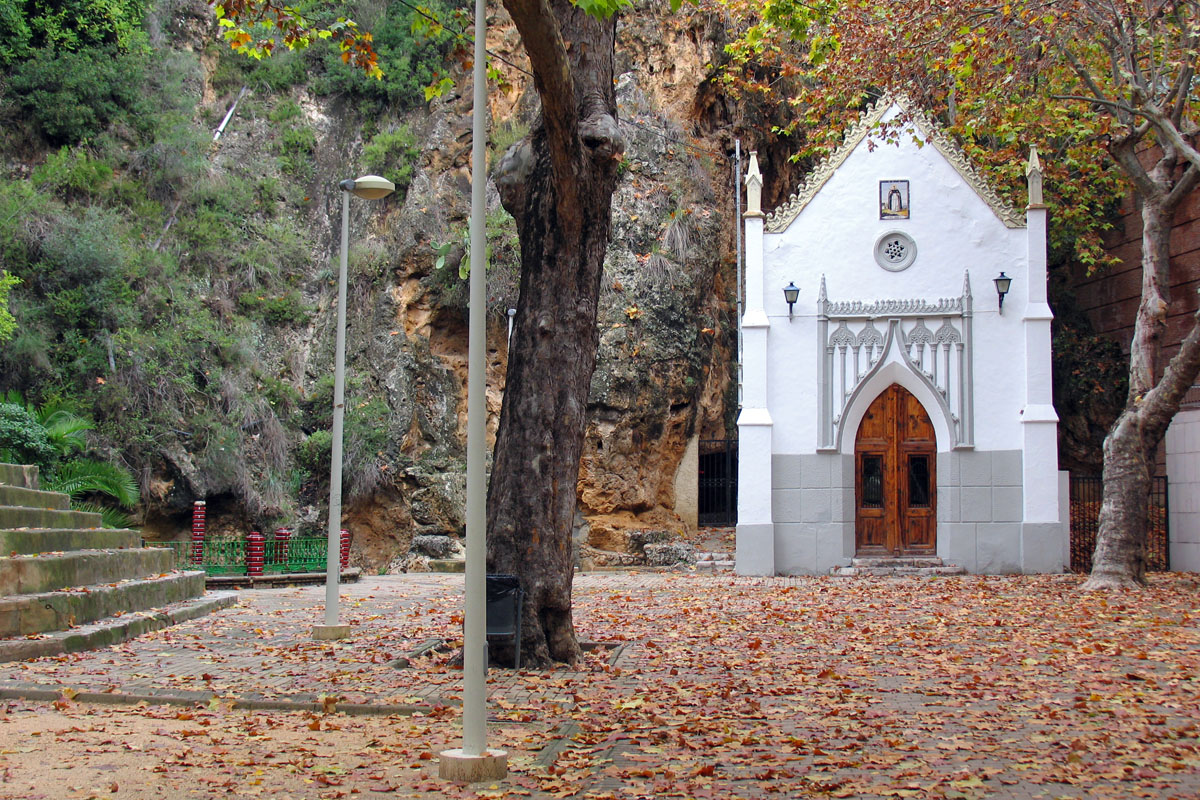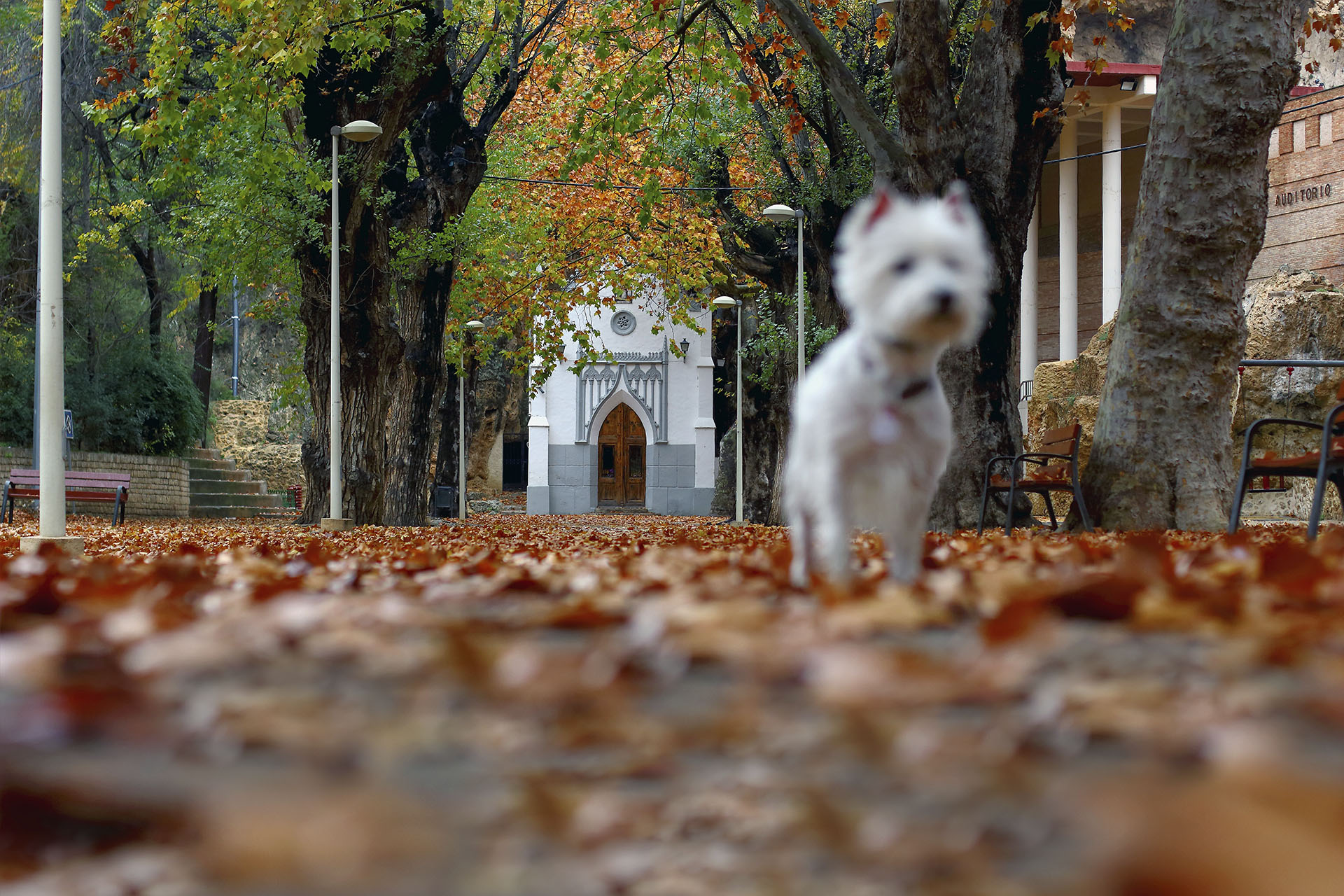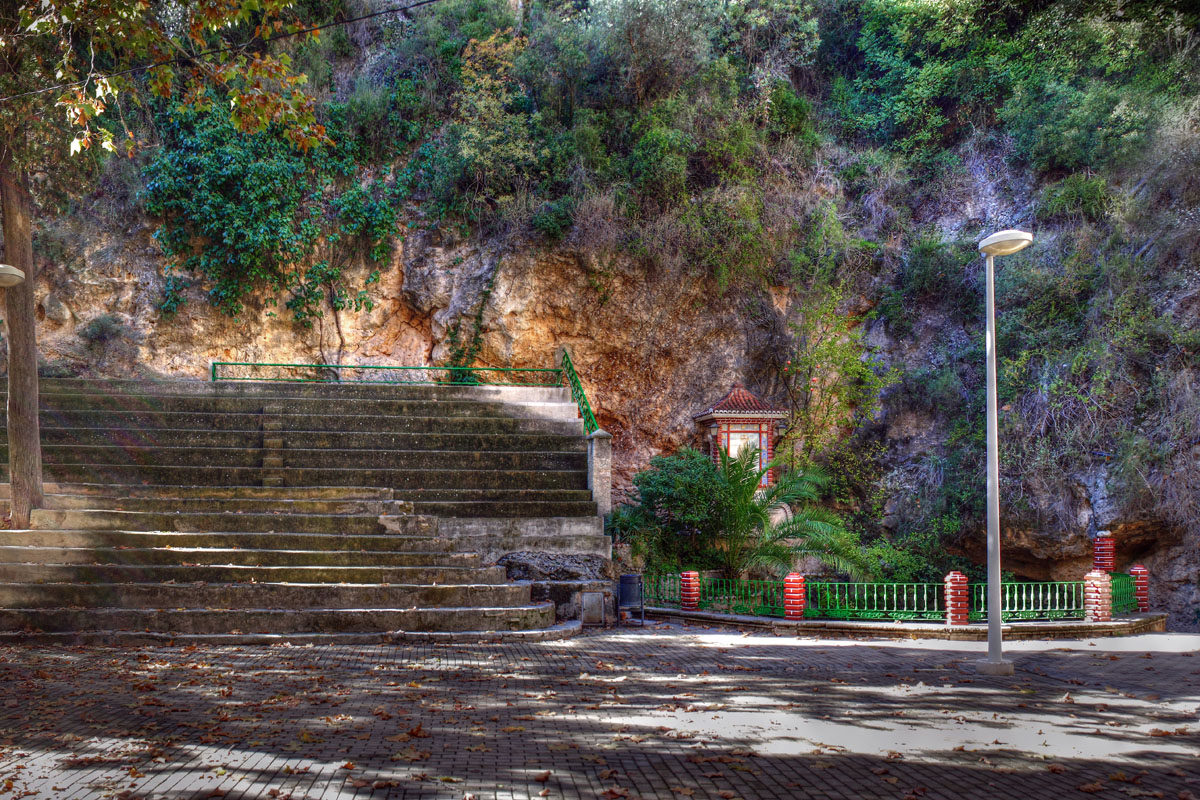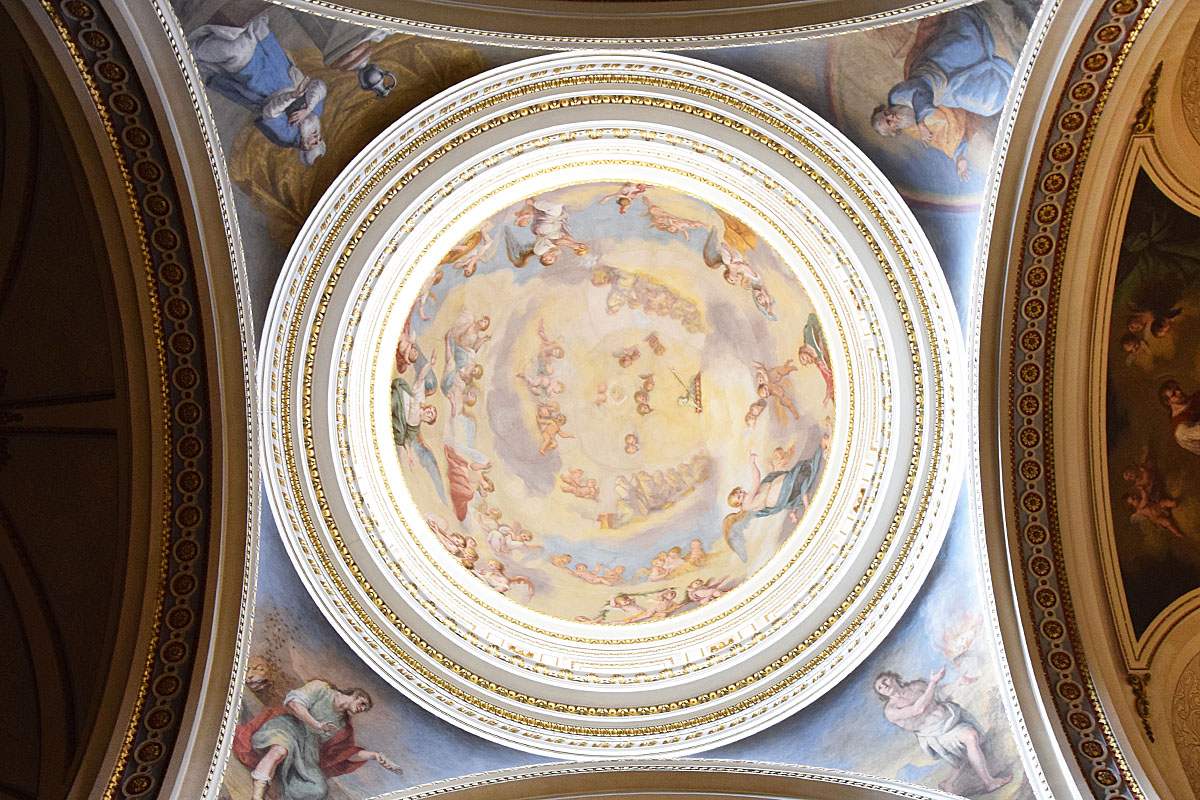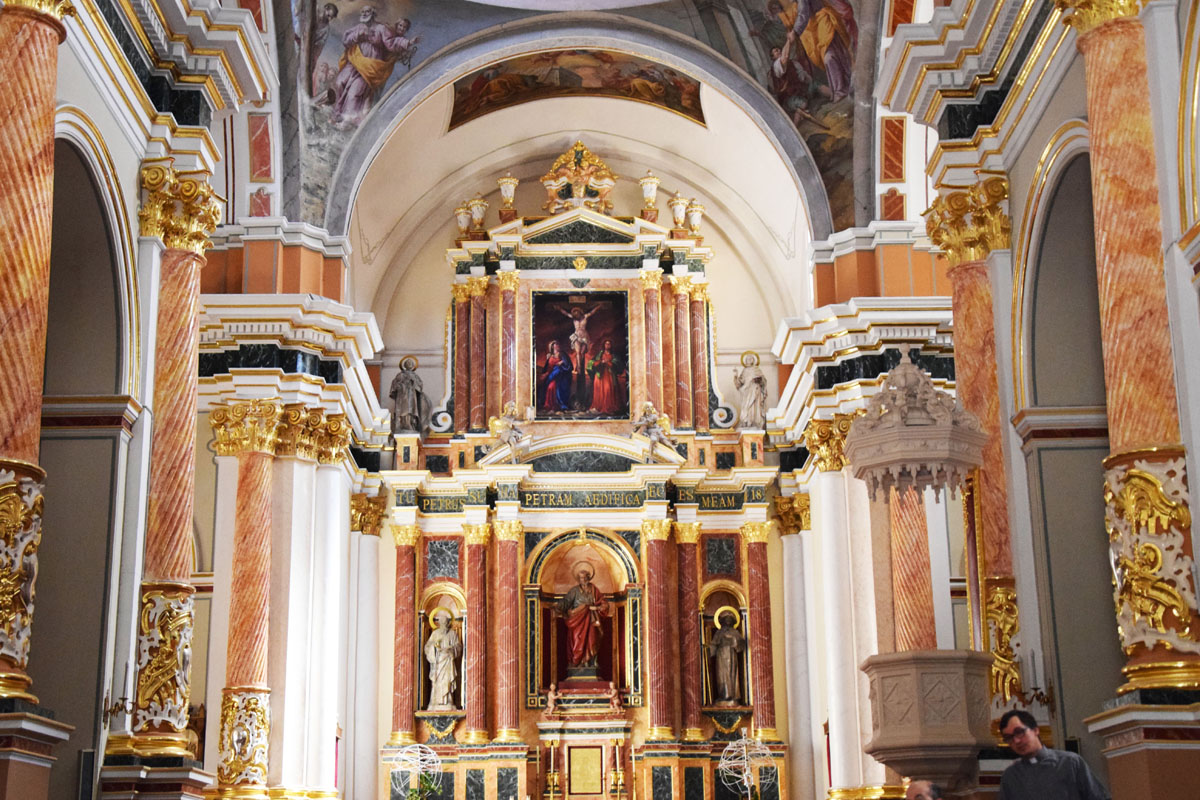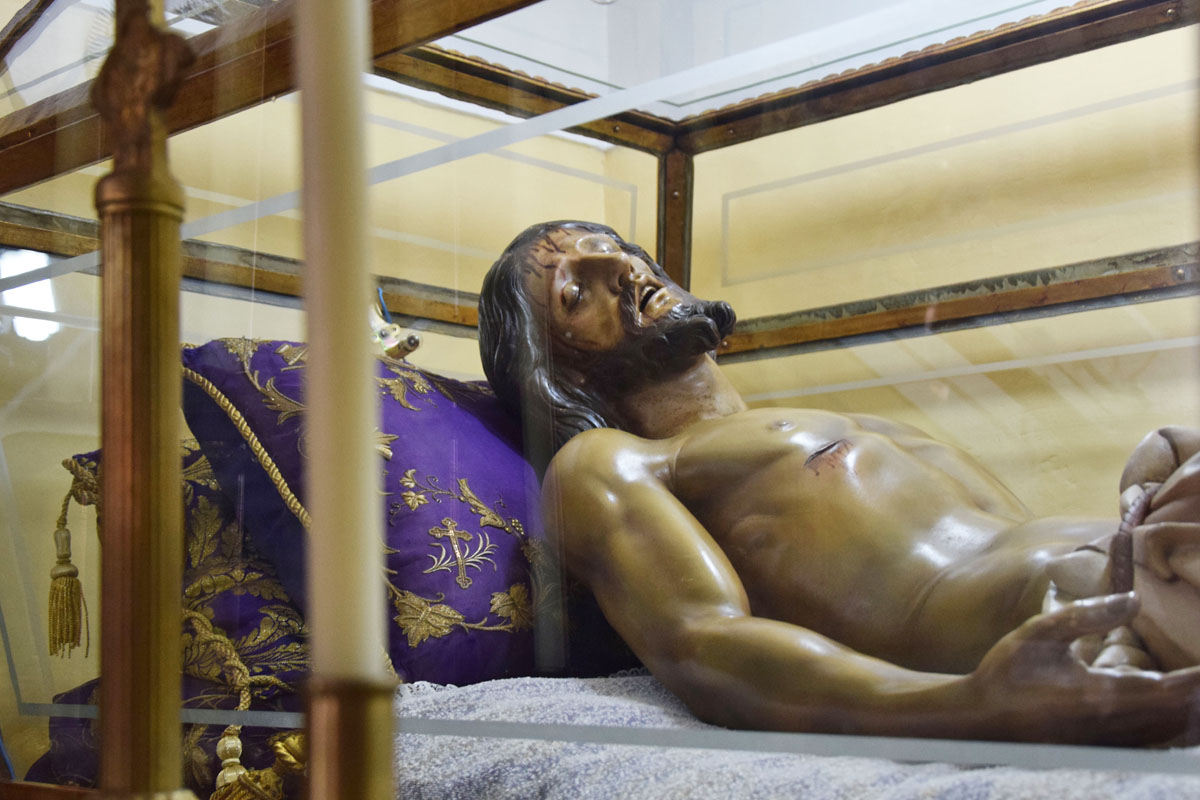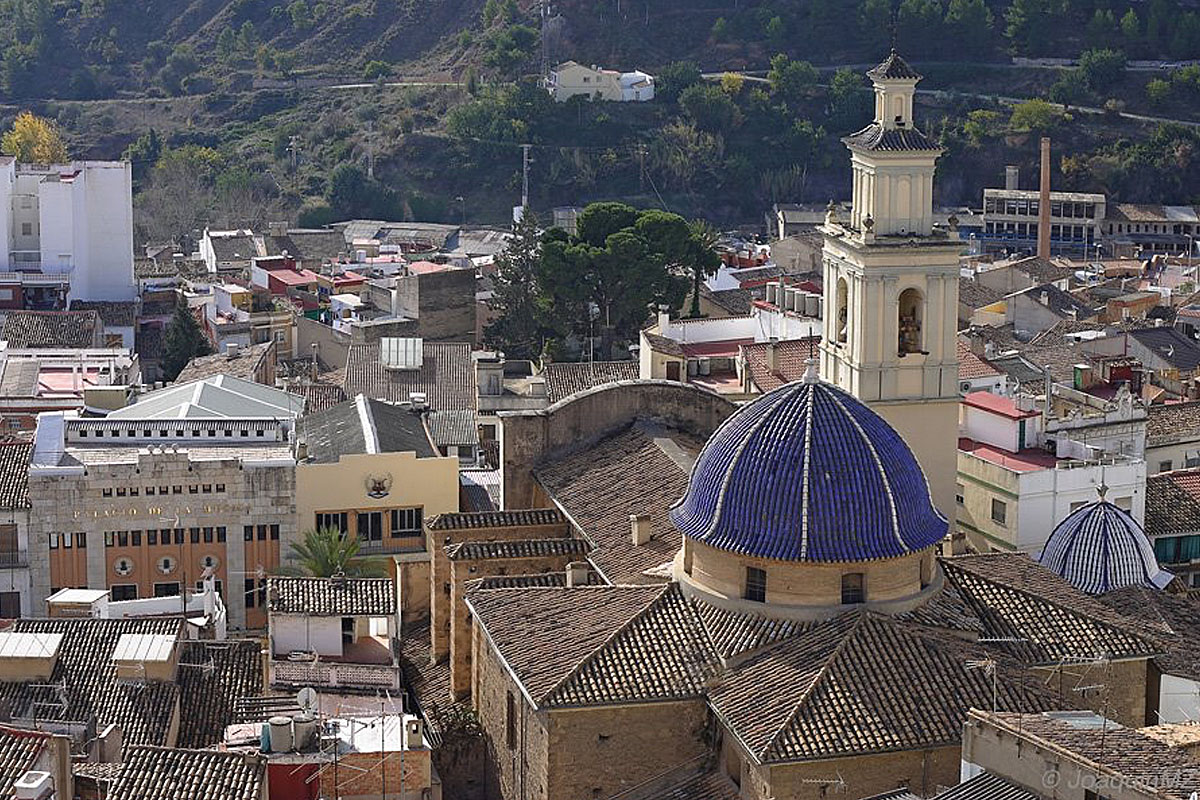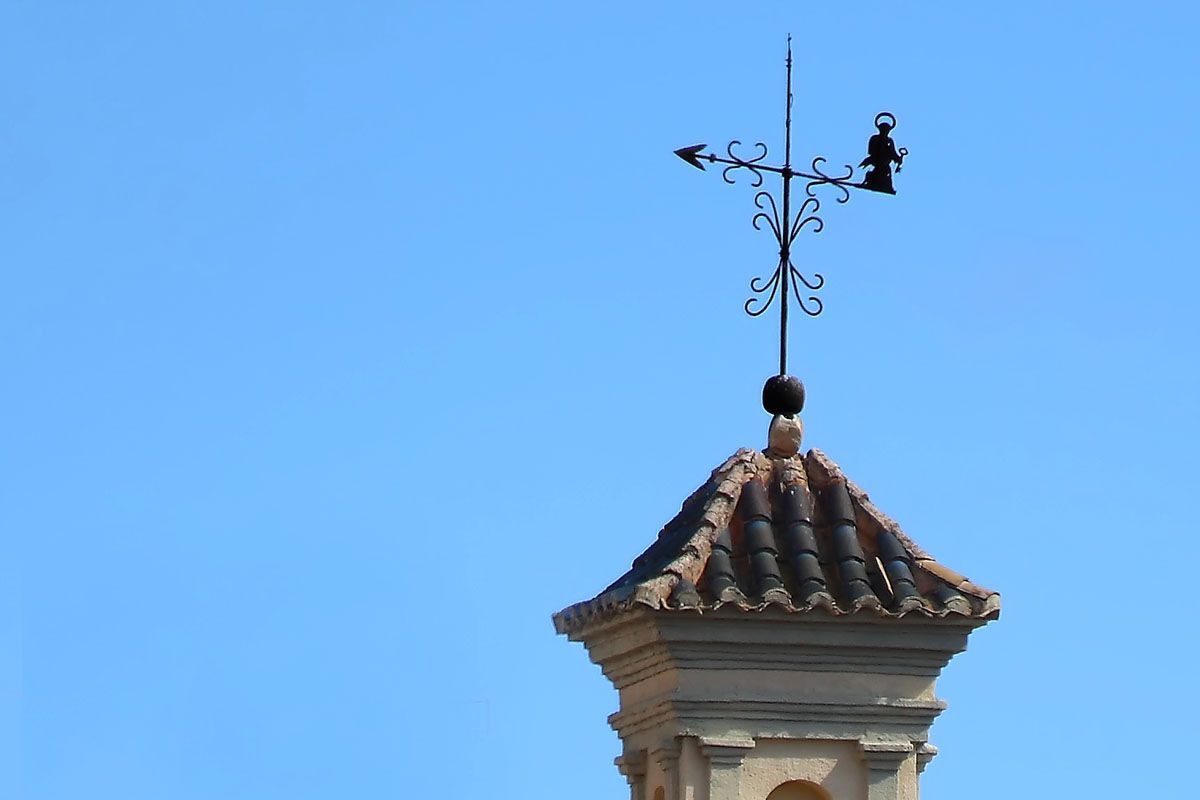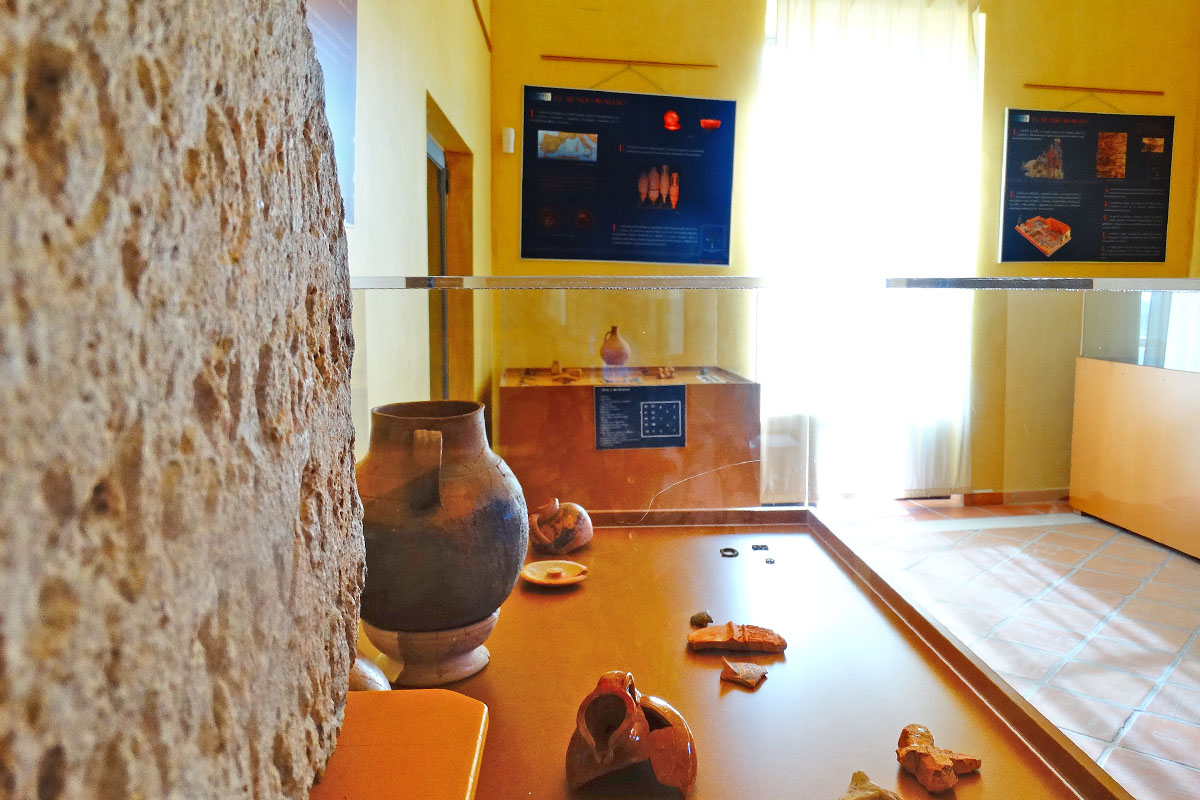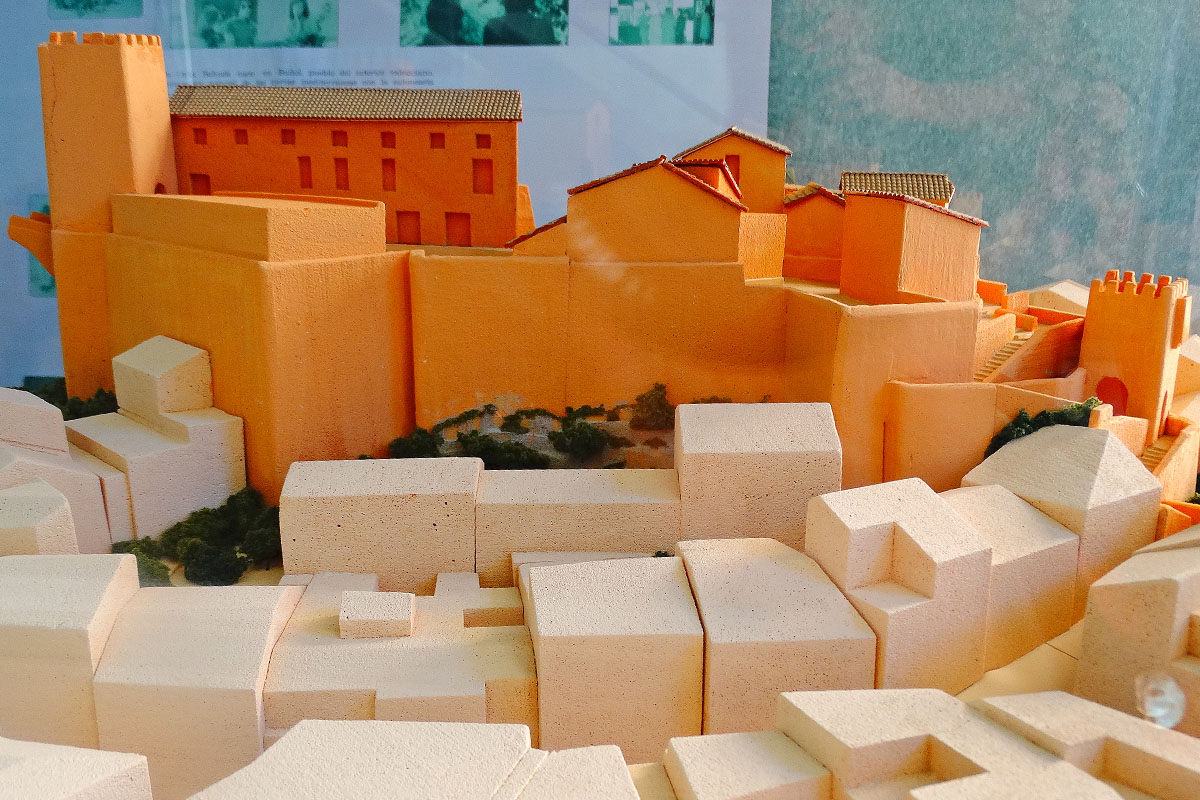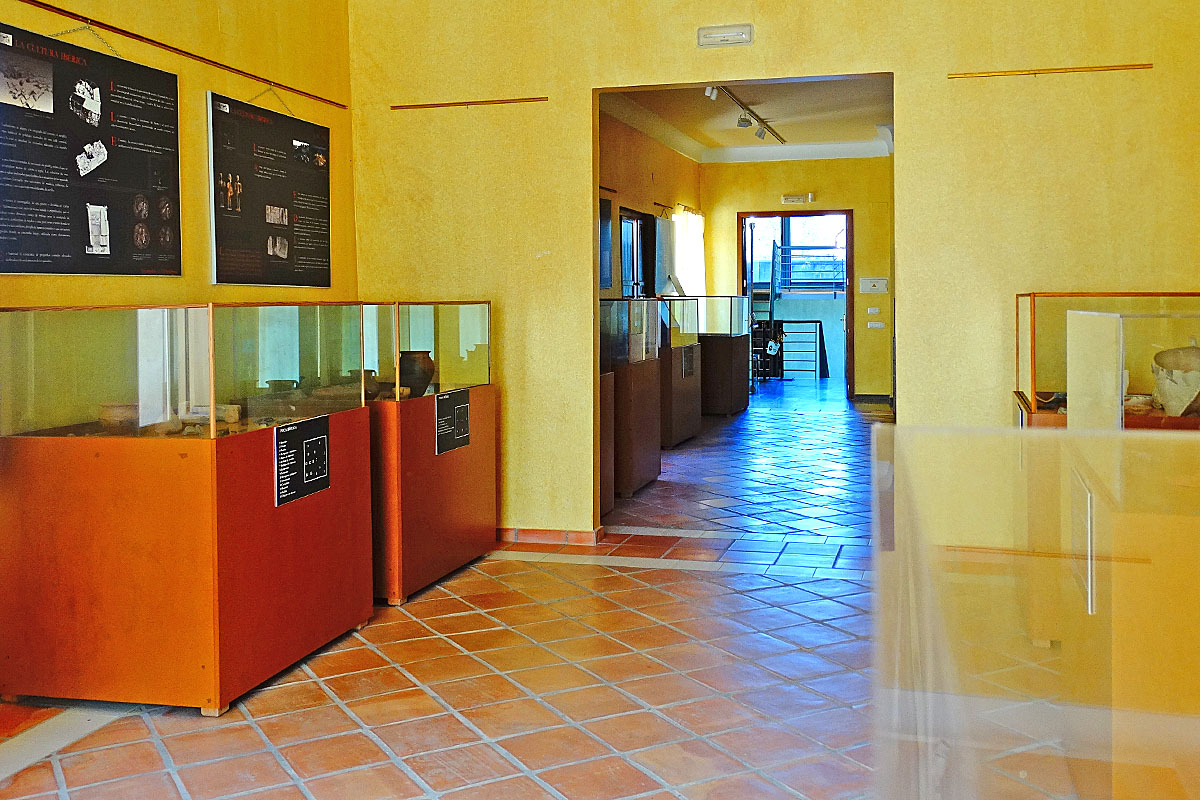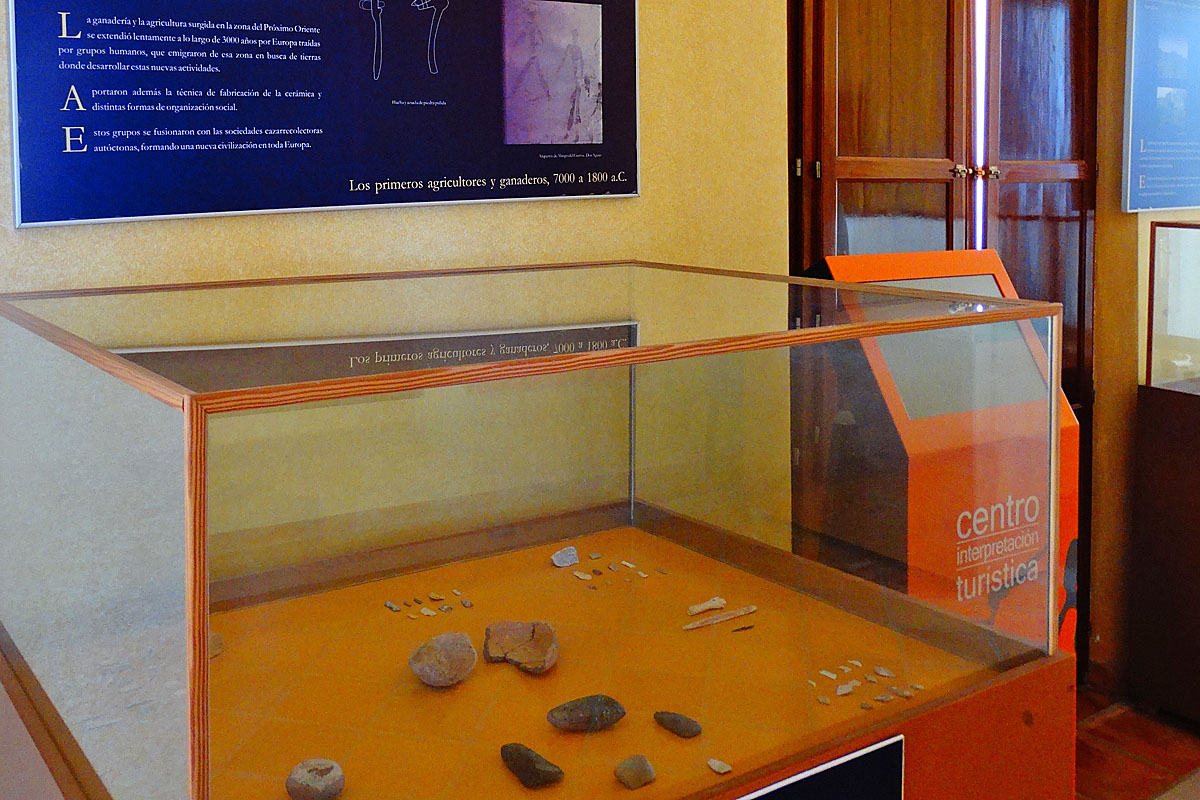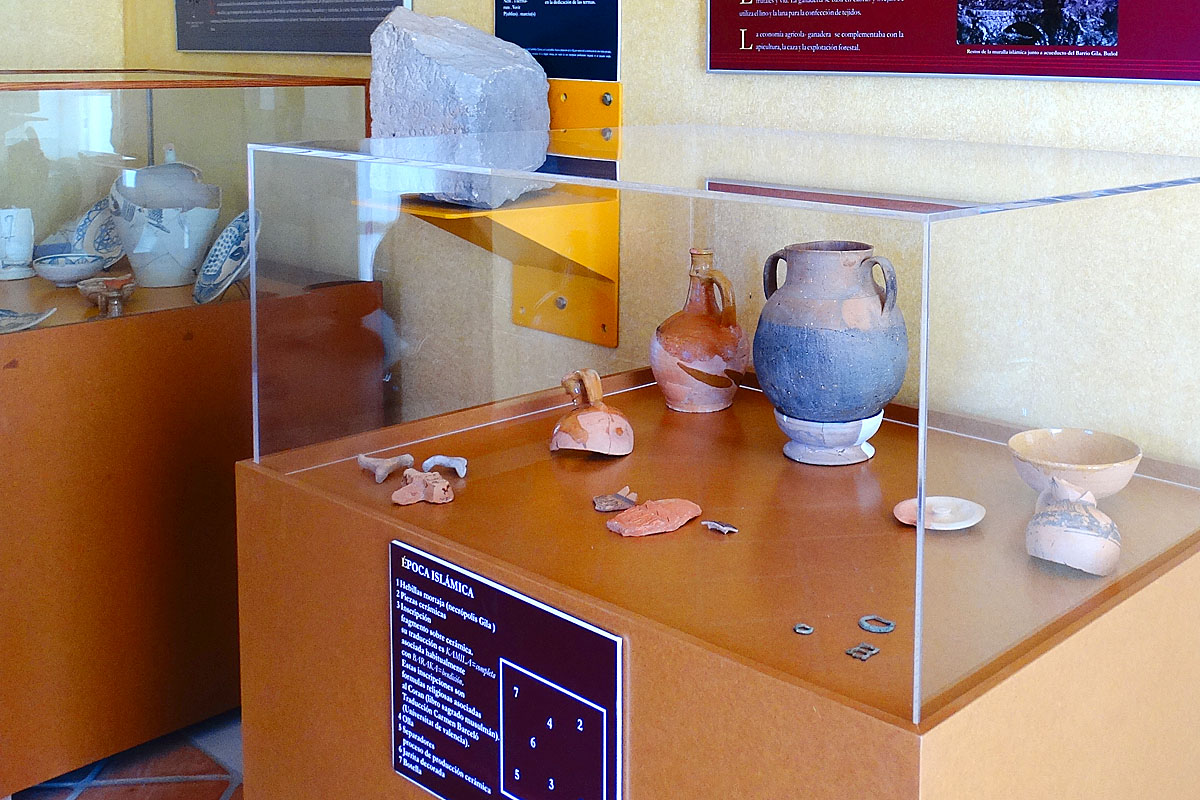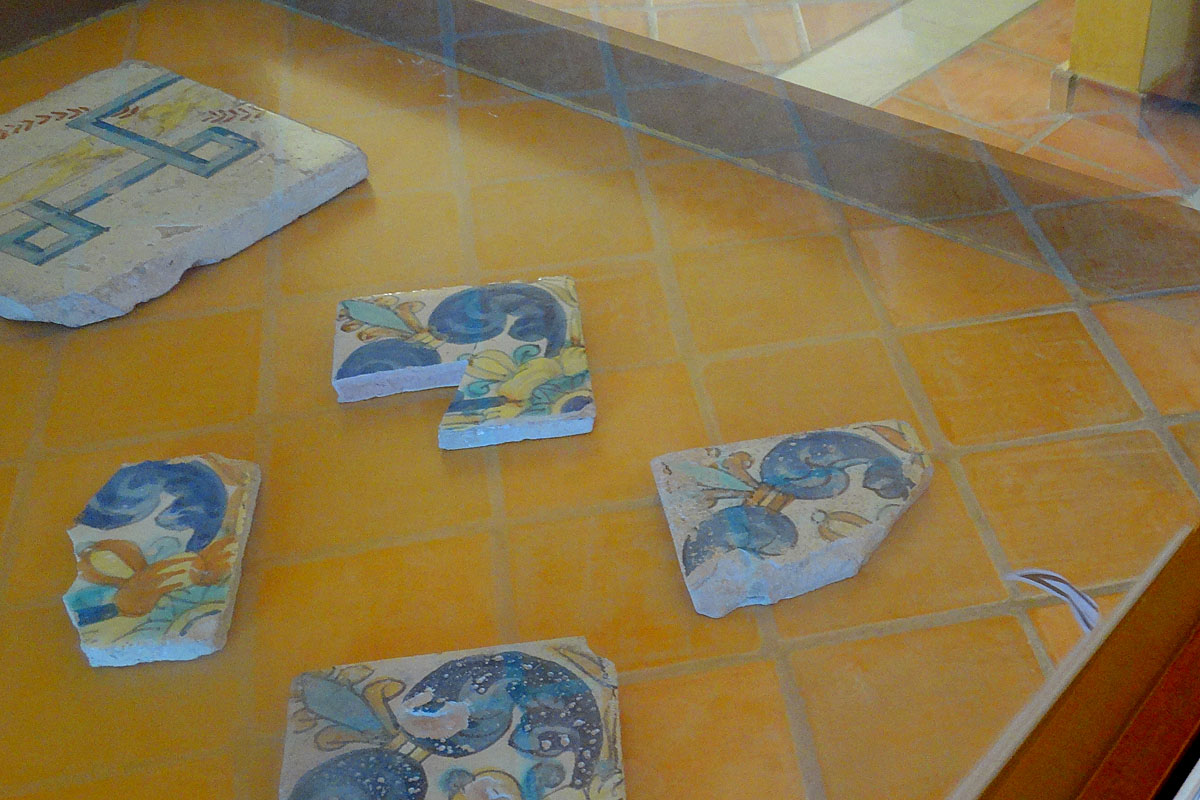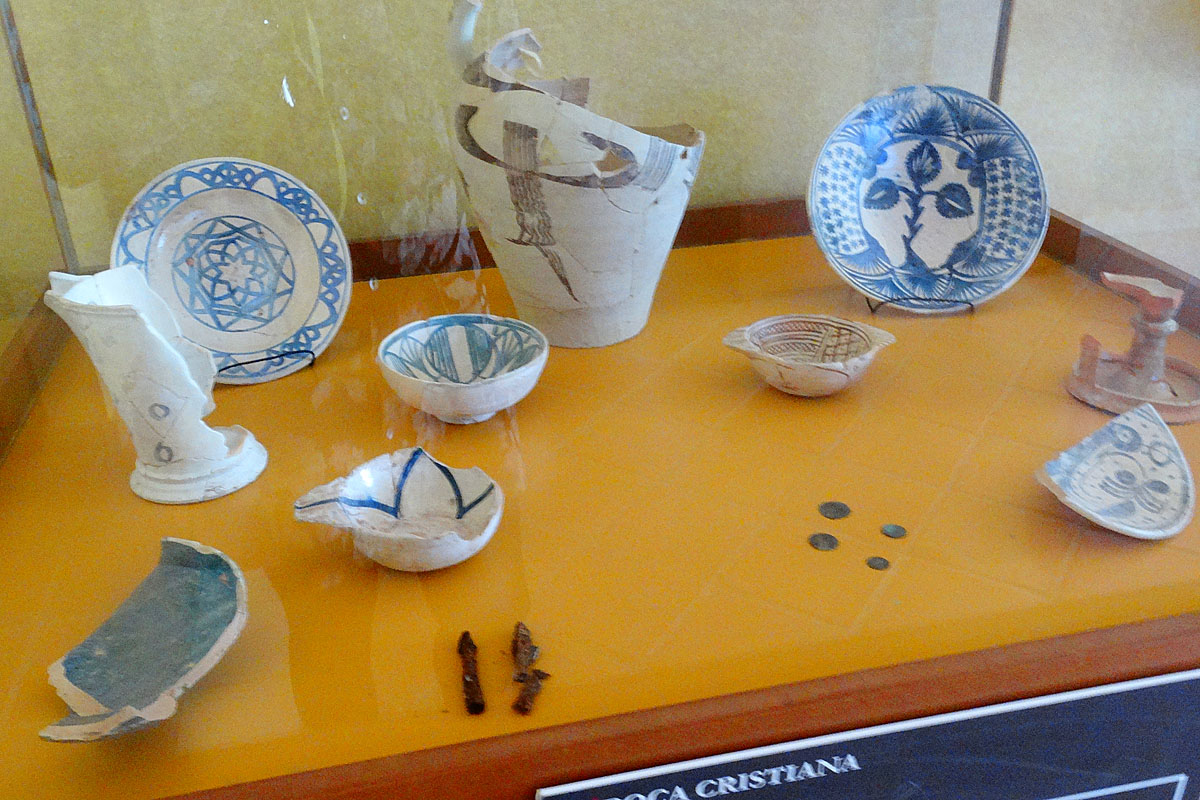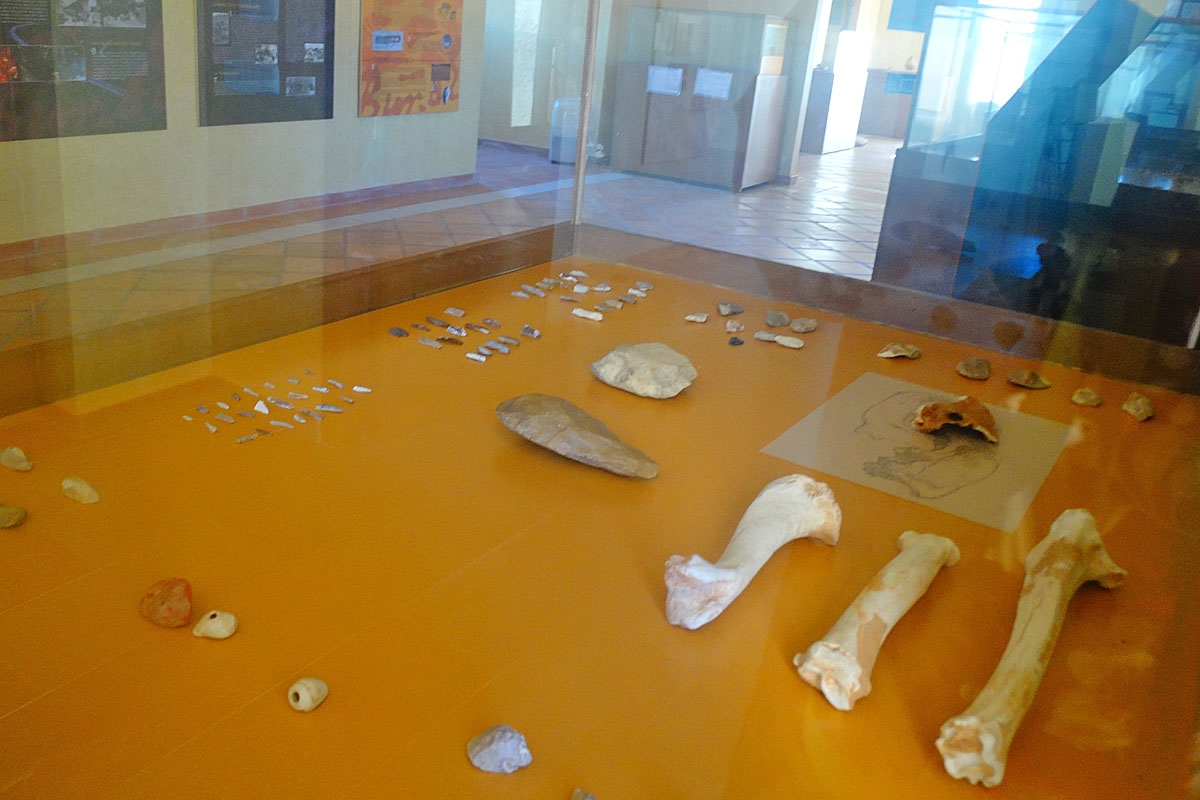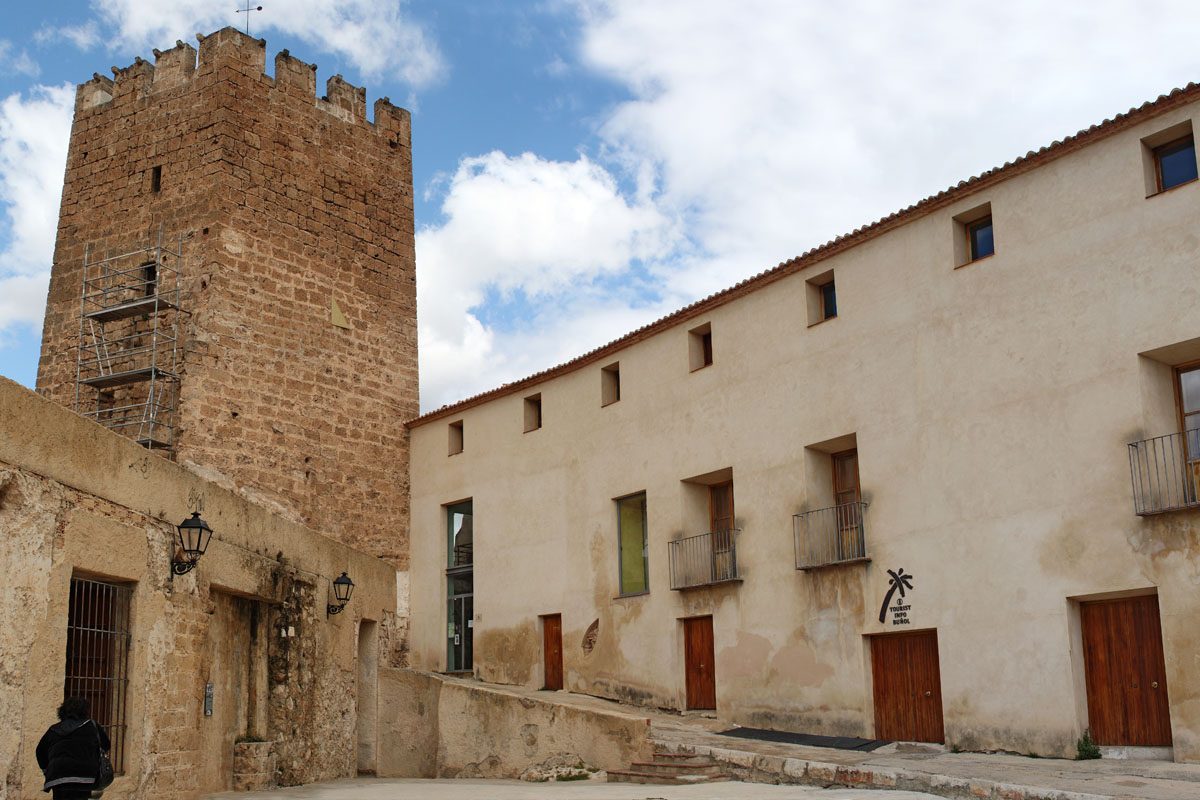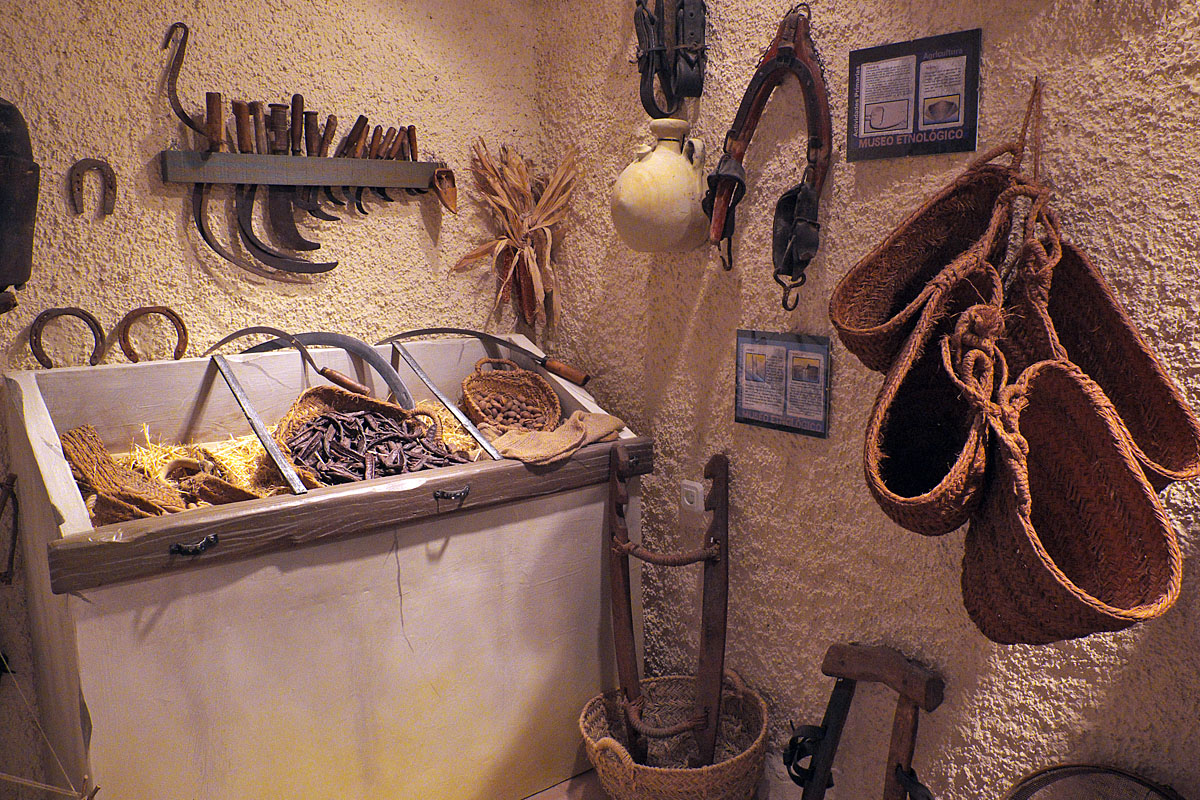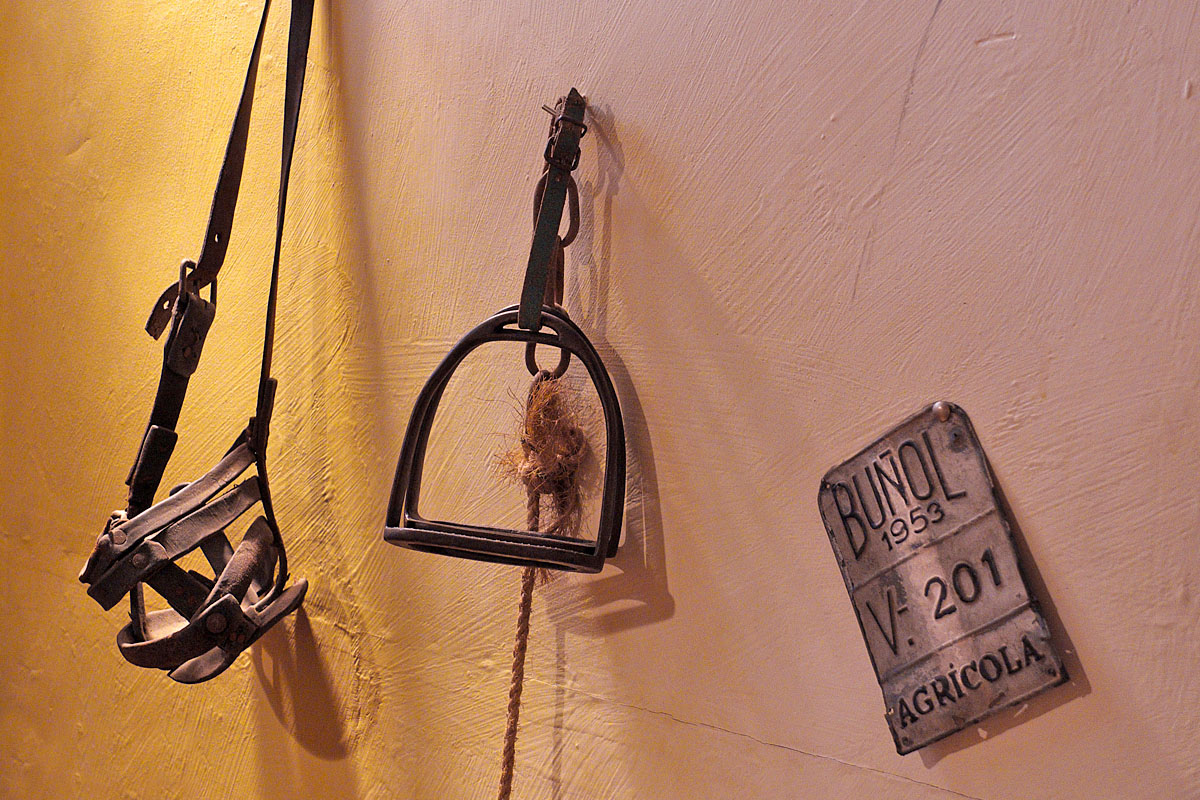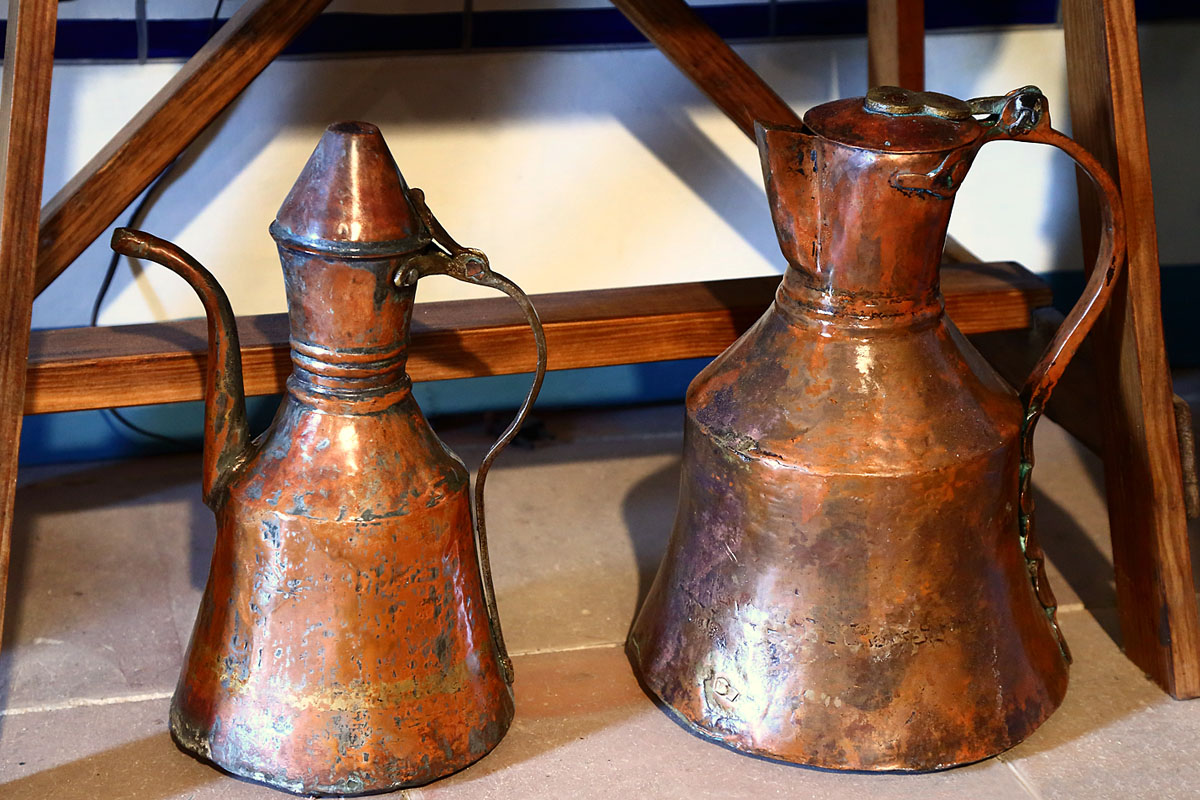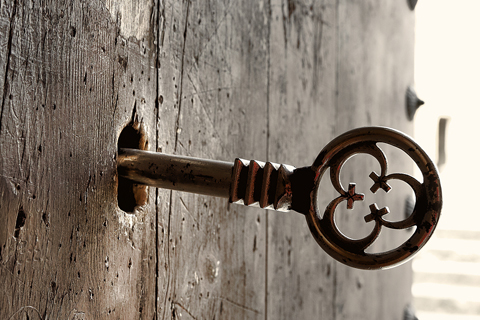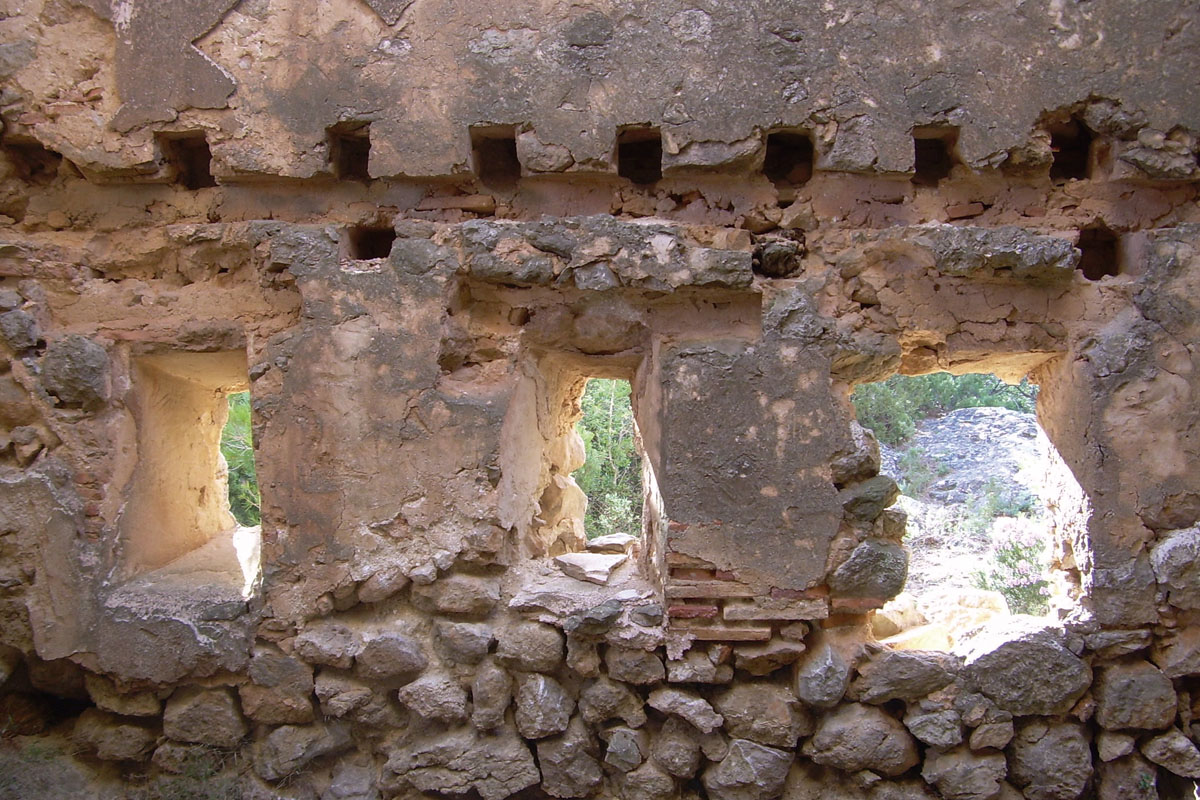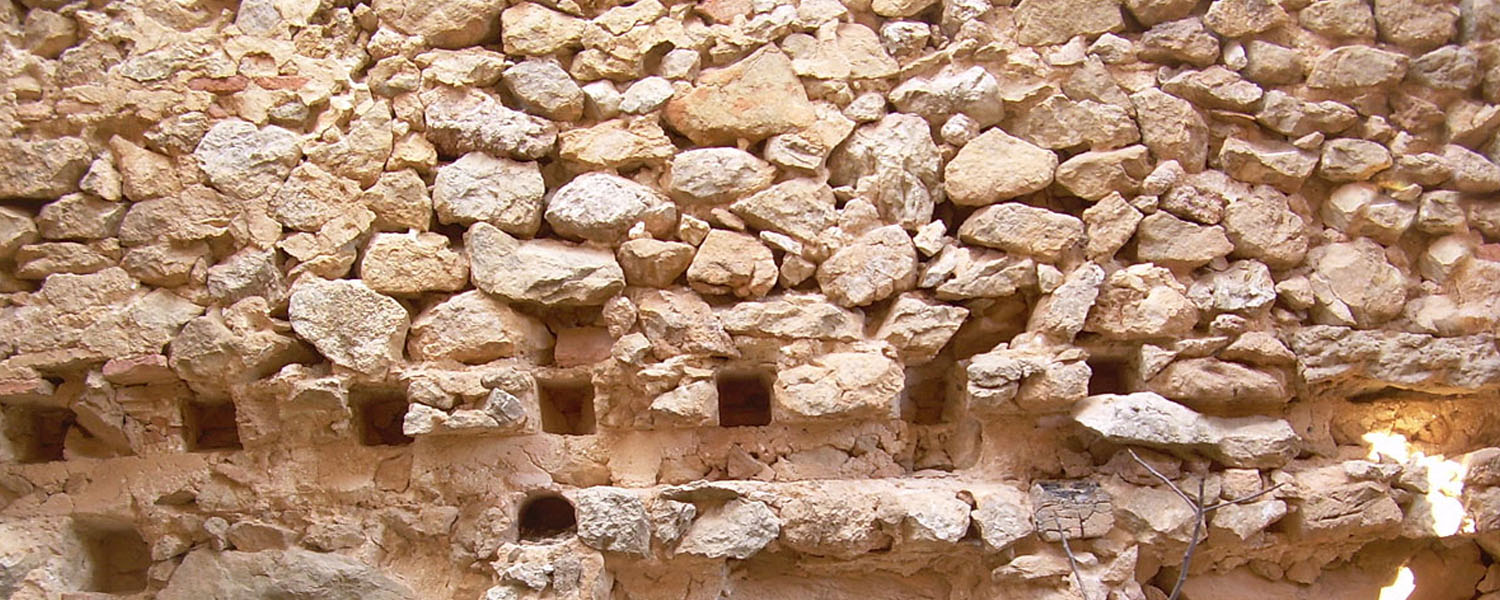
The heritage of Buñol
Buñol has many cultural attractions; old town, medieval castle, paper mill rehabilitated in the Library... With just 10,000 inhabitants, it is a unique place as it unites culture and nature.
Music auditorium
Spectacular night vision.
This municipal property is located on the San Luís promenade next to the hermitage dedicated to Saint Luís. It was inaugurated in 1989 as a result of the great impulse and growth that the two Buñol musical societies had experienced. The auditorium has an approximate capacity of 2,500 people. It is an impressive view at night because it is outdoors encased in a rock, which facilitates its acoustics, and the music is heard in a privileged environment.
Castillo Quarter
It is a network of alleys that lead to small squares.
Around its spectacular 13th century Castle, located on the old border between Valencia and Castile, we can find an old quarter full of contrasts where pedestrians can visit architectural works full of history like the Church of San Pedro, San Luis Park, the Galán Mill or numerous fountains. This neighborhood with narrow and charming streets leads to the Plaza del Pueblo, the place where La Tomatina is celebrated, and we arrive at Galán Mill, another attraction, a sign of a recent past of industrial expansion which today houses the municipal library and exhibition halls.
Molino Galán
If we talk about Buñol's heritage we must mention its important industrial buildings.
The most outstanding is Galán's Mill, an example of pre-industrial heritage and a symbol of the importance of the paper industry in the municipality. Although the factory started its activity much earlier, the building dates back to the first half of the 19th century and has a morphology that aims to emulate domestic and urban constructions. Right next to Galán's Mill passes the Buñol River, an aspect that definitely influenced the appearance and development of the paper industry and that today connects with the Fluvial Park and serves as a recreation area to connect natural environments with cultural areas. The building has been renovated, allocating its floors for different uses: library, conference room, exhibition halls, sports facilities, and the Museum of La Tomatina, where you can see a photographic exhibition of its history.
Cemetery
In its civil part, there are important proofs of the presence of Freemasonry.
In the cemetery of Buñol, more specifically in its civil, non-religious part, there are important pieces of evidence of the presence of Freemasonry in the town and in the region. The cemetery, created in 1886, has 435 tombs with a "particular and complex" symbolism. Freemason burials continued during the Franco regime, engraving symbols on the tombstones of their graves, evading the intelligence services of the regime that persecuted them viciously. From its inauguration in 1886, until 1914, the date of the expansion of the secular space, those people whose beliefs and ideology did not agree with the Catholic Church chose to be buried there, not in the so-called sacred places. Curiously we can observe, drawn in the frontispiece, the Masonic symbol of the triangle and the compass, representing the light and the construction of the Universe. The Civil Cemetery of Buñol is likely to have been for years one of the oldest precincts in which non-believers were willingly buried. In general, civil cemeteries were the shame of the families of those left there.
During the Franco dictatorship was a particularly bad time and the civil cemetery was considered "non grato" although it did not stop being used as such.
Hermitage of San Luis Bertrán
This neo-gothic style hermitage is located in San Luís Park.
It was built towards the end of the 19th century. It is a small neo-Gothic building that consists of a small dome with a ribbed vault and an altar. Apparently, this hermitage replaced another older one that was in the same place and was ruined by a flood. At the bottom of the altar there is a niche with a stained glass window, where the sculpture of the Saint is placed. The temple was built in honor of San Luis Beltrán, the patron saint, who, according to tradition, went to Buñol to evangelize the significant Moorish population. During his stay he slept in the entrance to the park, hence the name and location.
S. Pedro Apóstol Church
Neoclassical building of the eighteenth century.
Presided over by a bell tower at the foot of the church. The church has a Latin cross plan with a central nave consisting of four sections that correspond to the lateral chapels, transept and dome in its center. The most valuable work of the church is, undoubtedly, San José. It is a very valuable work by Ignacio Vergara. It is situated in the right side aisle. The saint's body appears in full contortion and, with clothes in manifest movement, he carries, full of joy reflected in his face, the Child Jesus. He is kneeling on clouds, where there are also angels’ heads with their shoulders transformed into incipient wings. There is also a recumbent Christ, with an ancient head, possibly another work by Vergara. The sculptor Hervás carved its body after it was destroyed in the civil war.
The archaeological museum
It is located in the Mercader Palace.
Former residence of the Lords of Buñol since the 14th century, recently restored. The archaeological collection of Buñol includes representative remains of the following periods: Paleolithic, Neolithic, Iron and Bronze Ages as well as vestiges of the Iberian and Roman culture in Buñol and its surroundings.
The ethnological museum
It is located in the old 13th century Church of the Savior.
In the residential area of the Castle, which for centuries housed the tomb of the Mercader Family. The museum has several spaces that show traditional agricultural tools and tools from other professions, as well as household goods from the last centuries. We can also see what a nineteenth-century house looked like.
The optical telegraph tower
The optical telegraph tower in Buñol is one of the towers of the Madrid-Valencia line.
Which gives it a historical-artistic importance within the telegraphic constructions of the mid-nineteenth century that revolutionized messaging.
The optical telegraph was designed to be seen at a great distance, configuring different signals by means of a mechanism operated by one or several people. Placing several towers in a chain could make it possible that each would repeat the message of the previous one, transmitting it thus from tower to tower through considerable distances in less time than that required for a messenger on horseback.
However, although all the towers are practically identical, differences in construction techniques can be seen, surely subject to the availability of the different construction materials of each zone.

